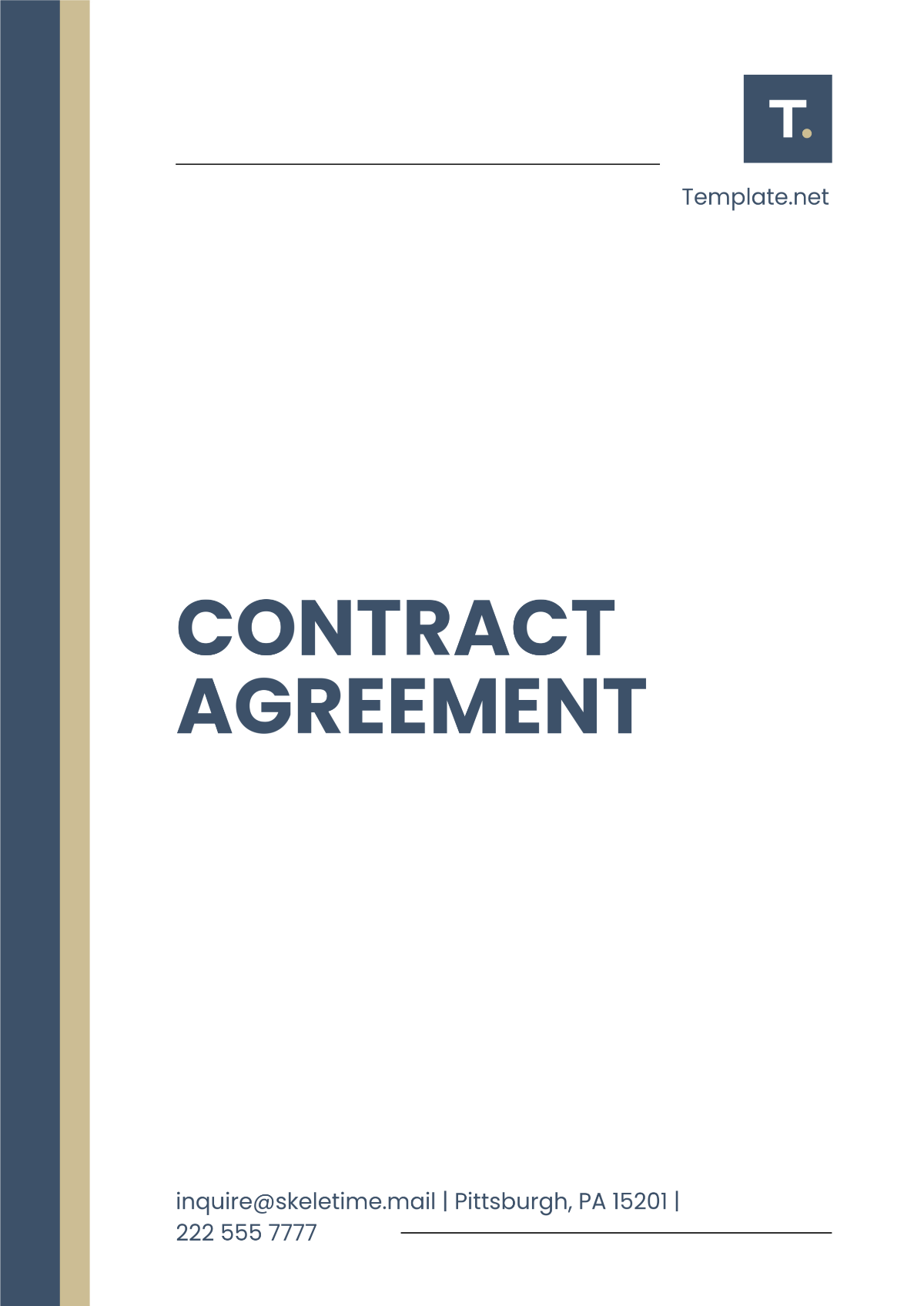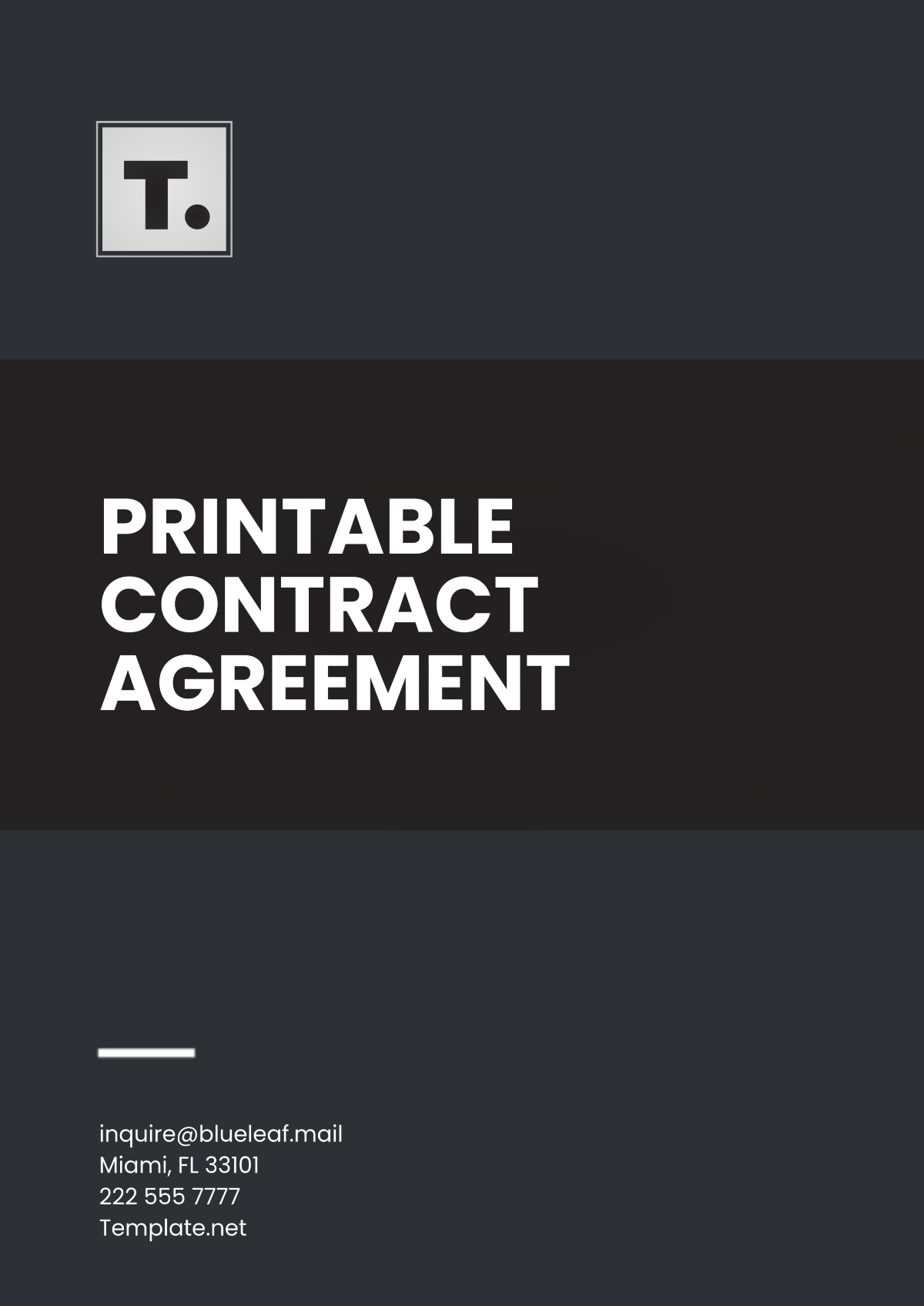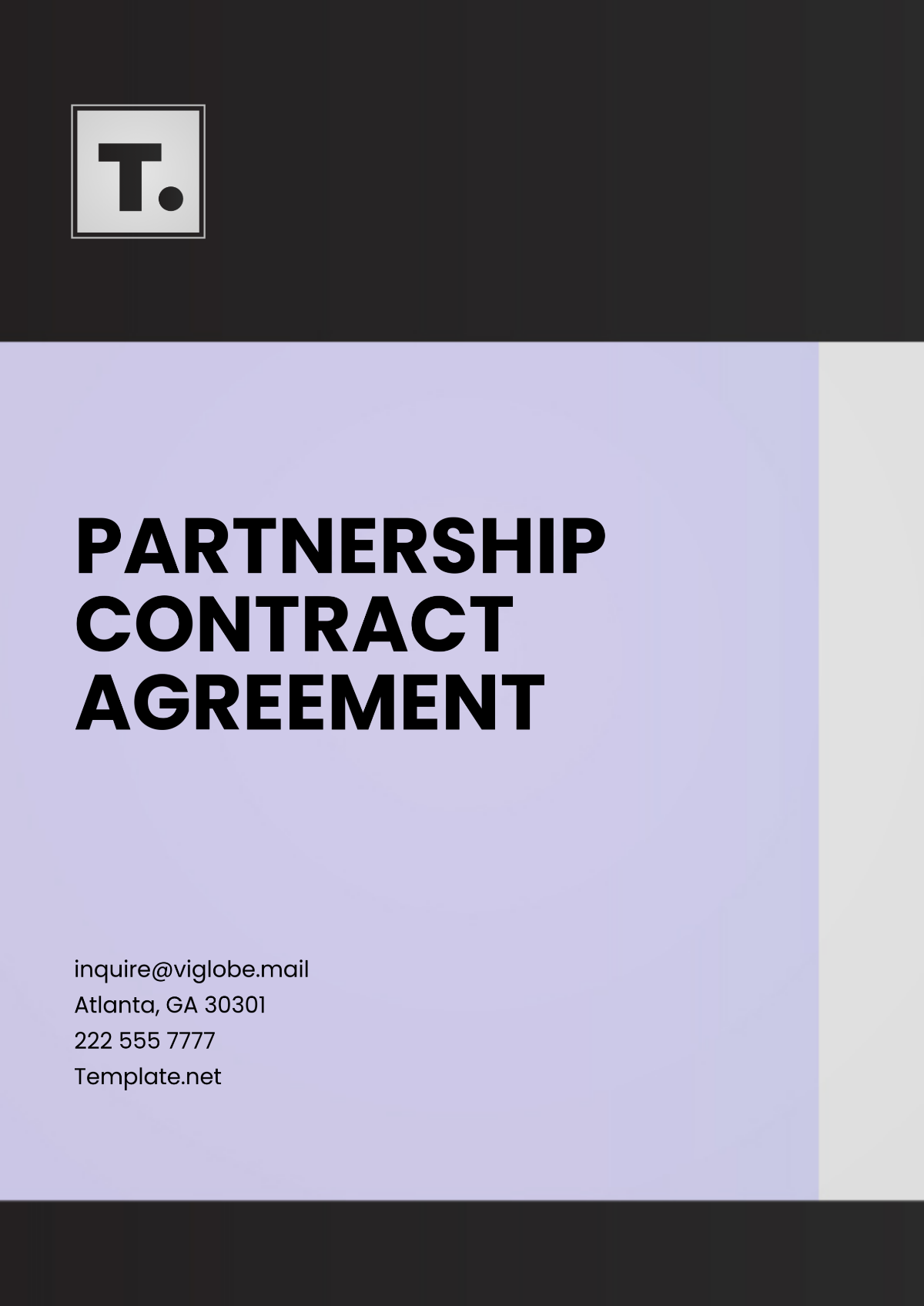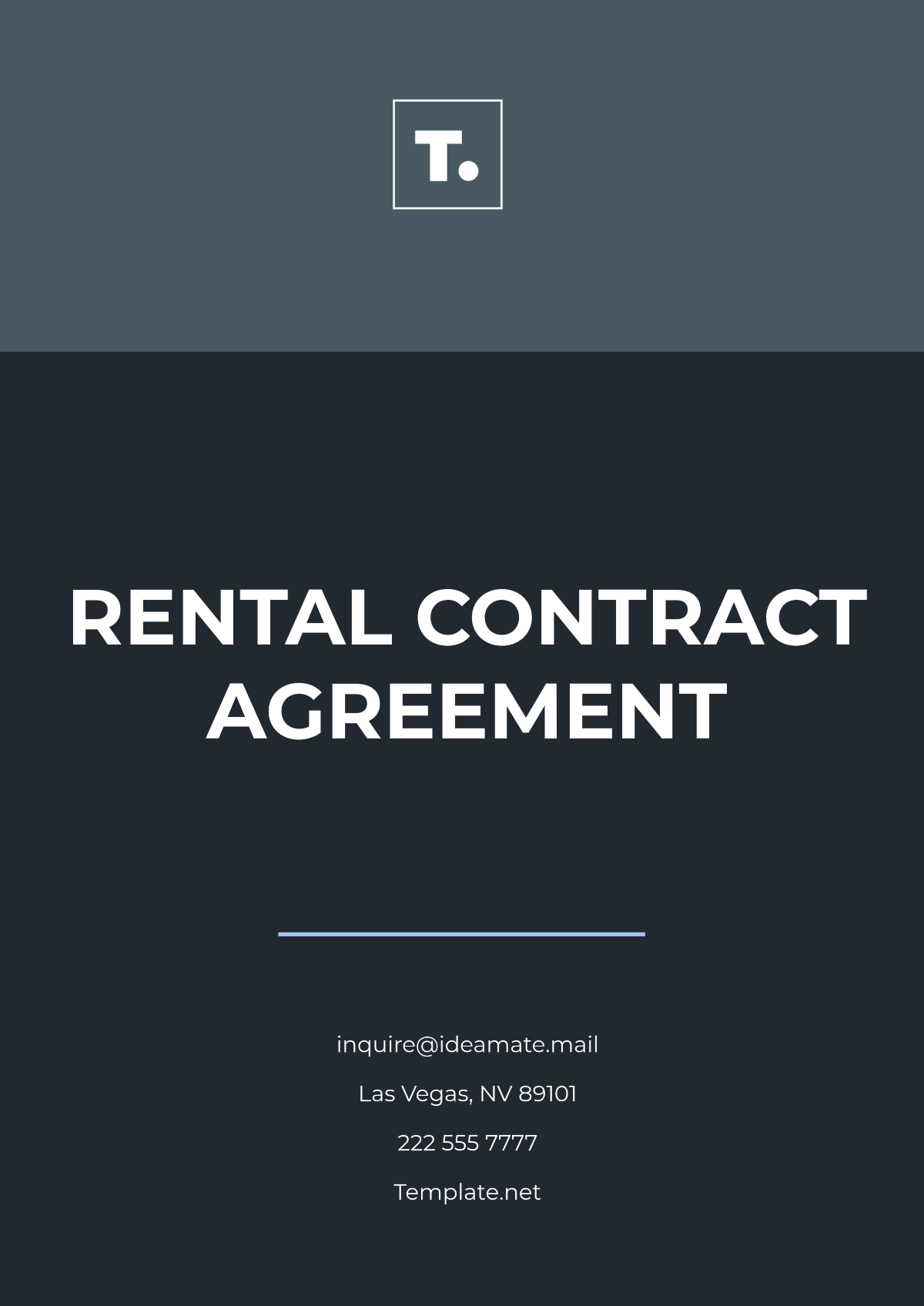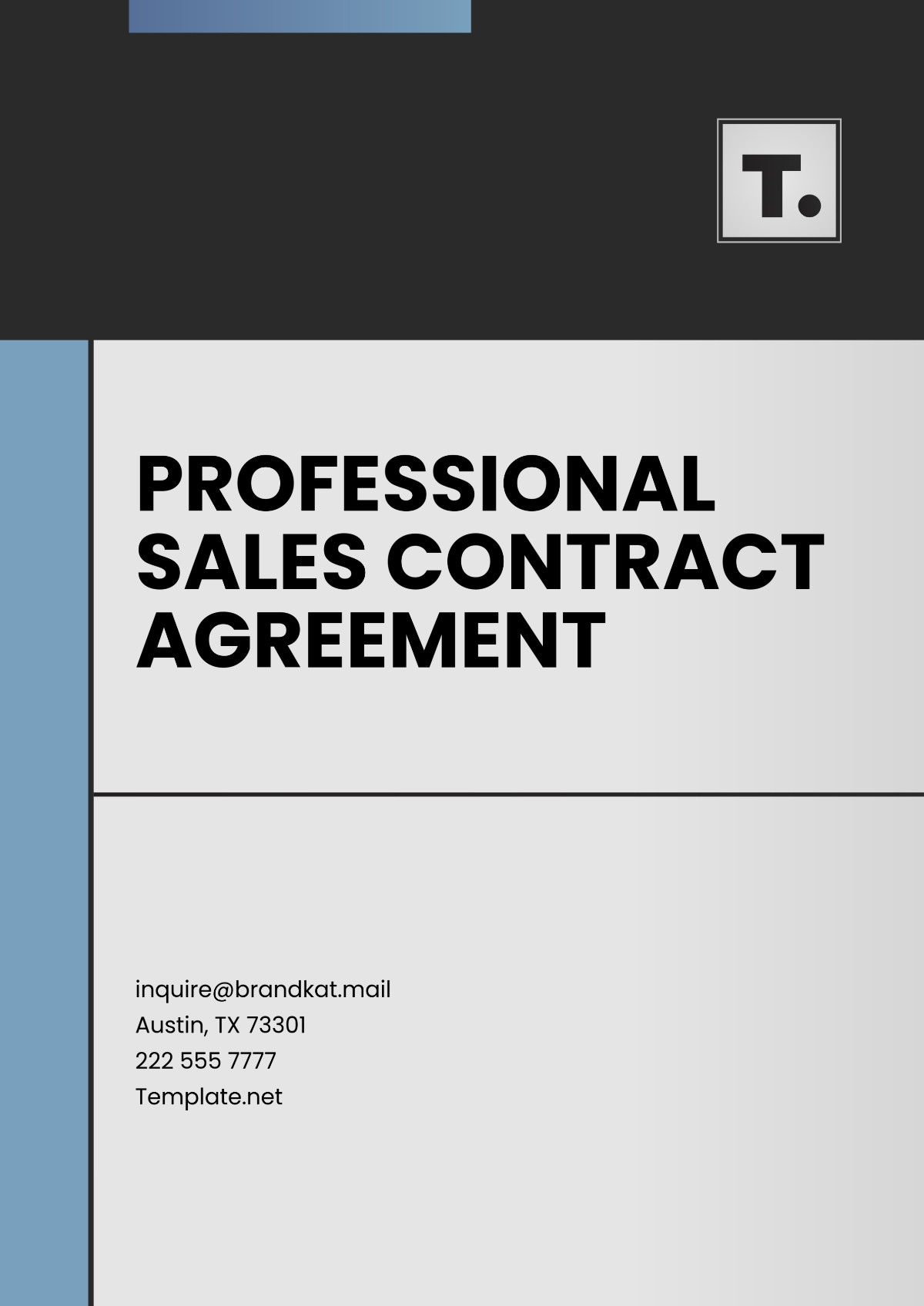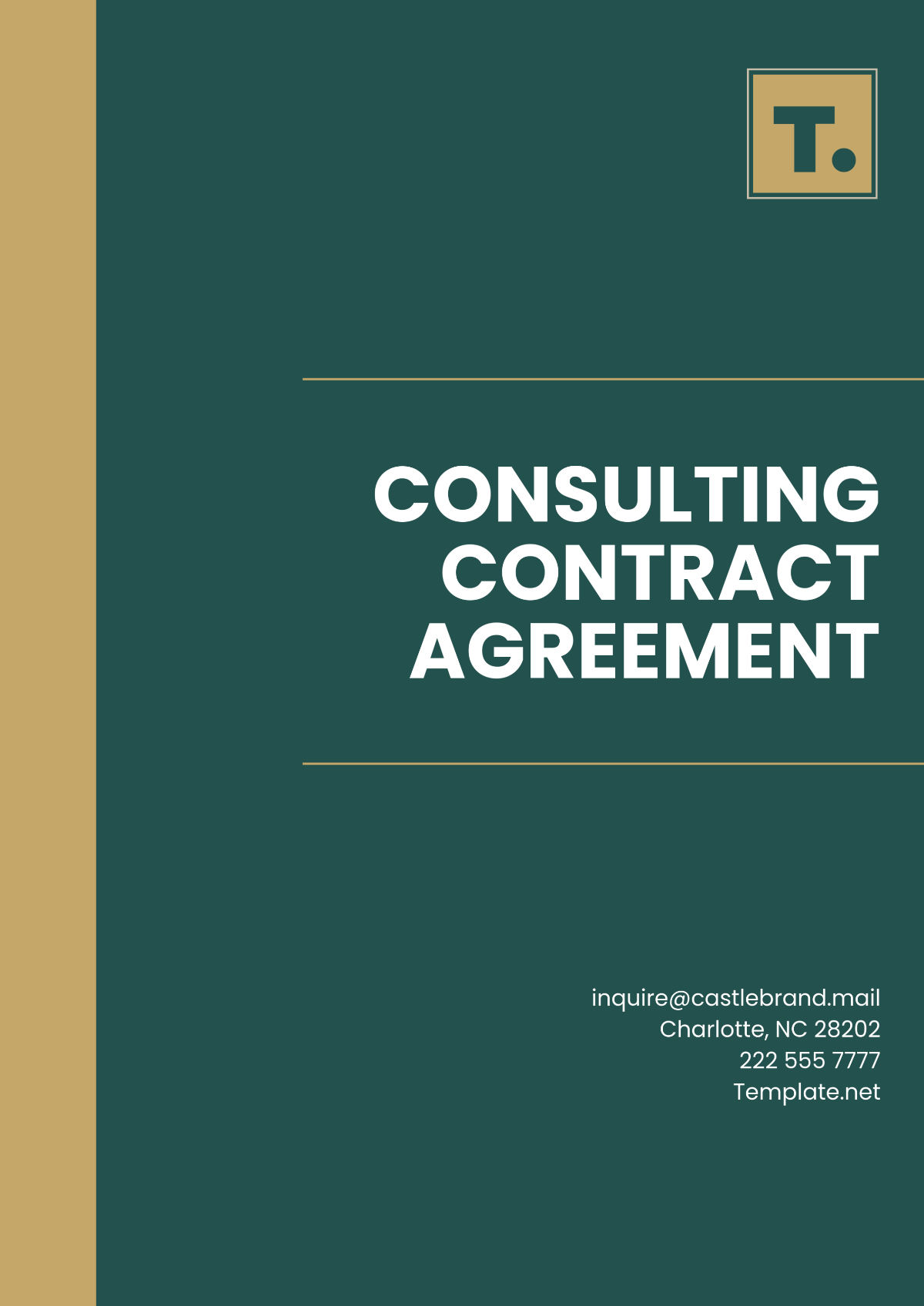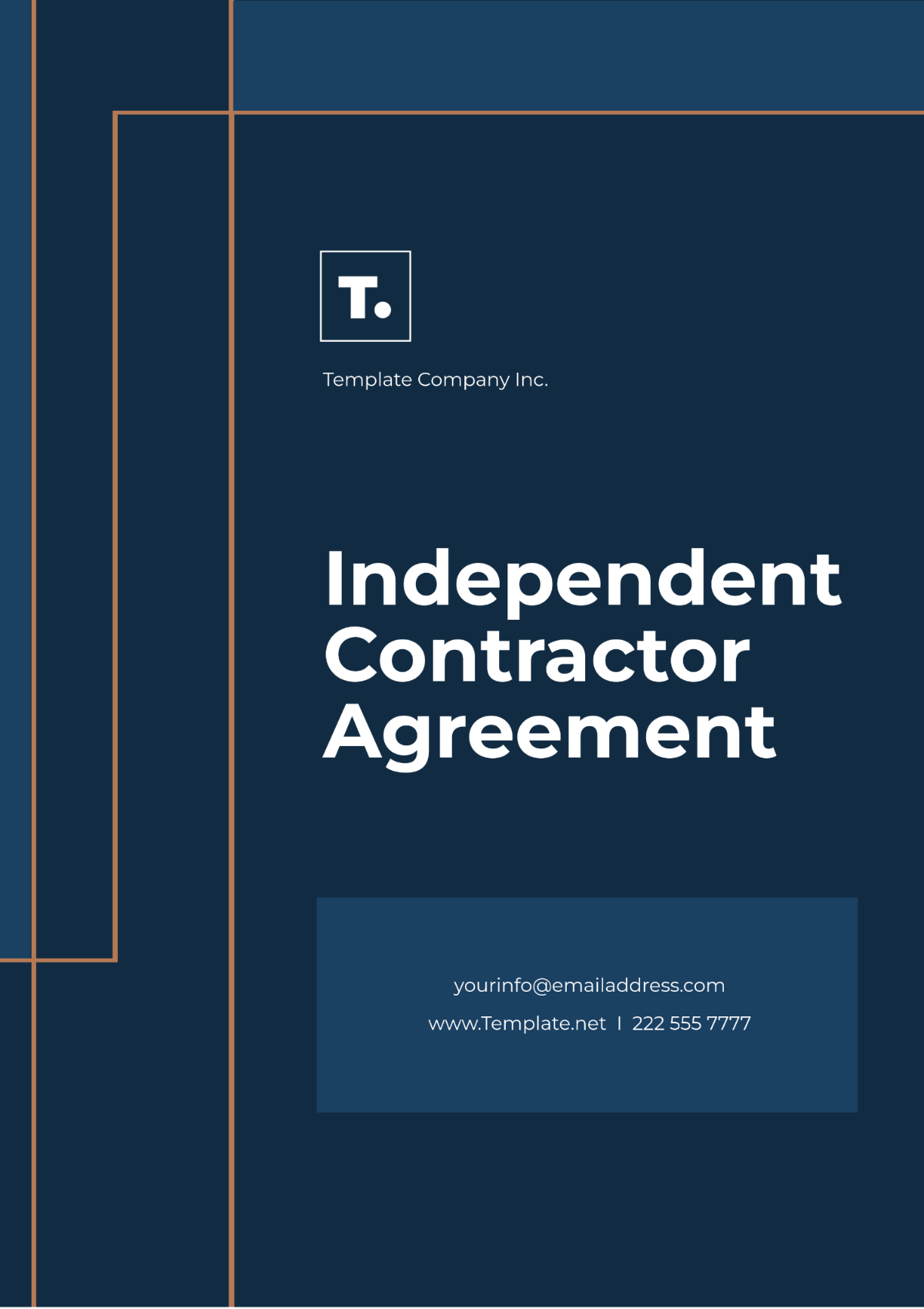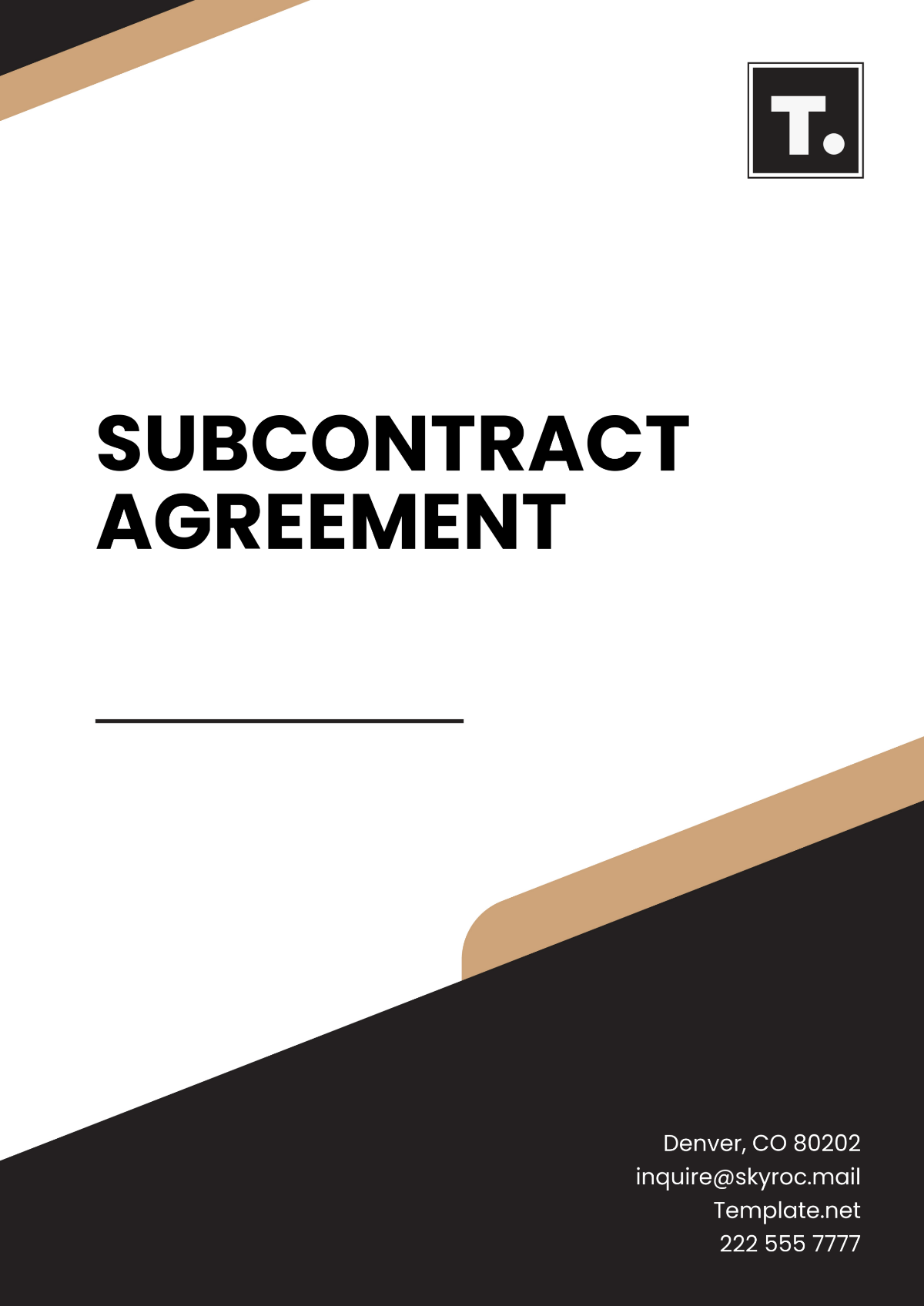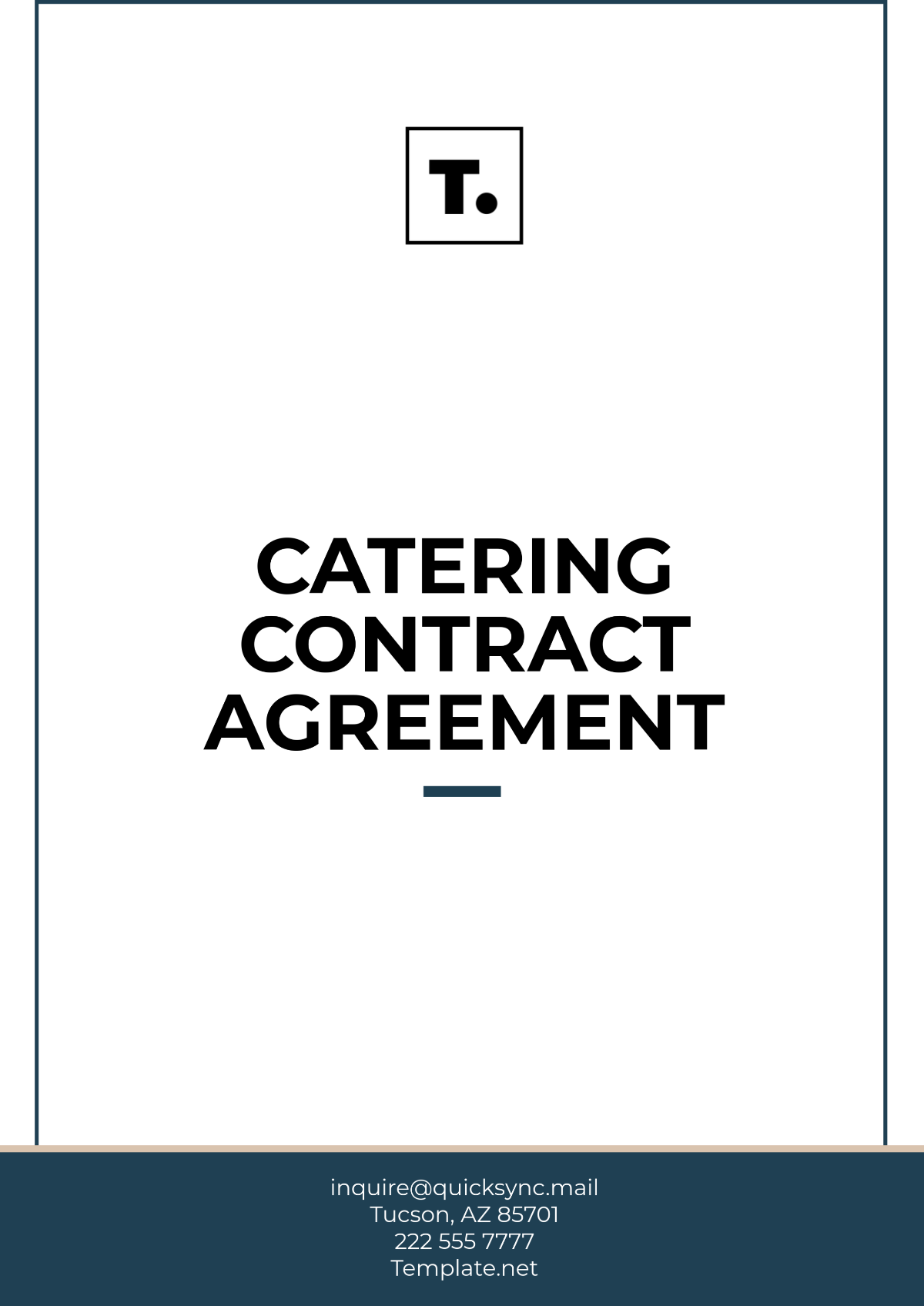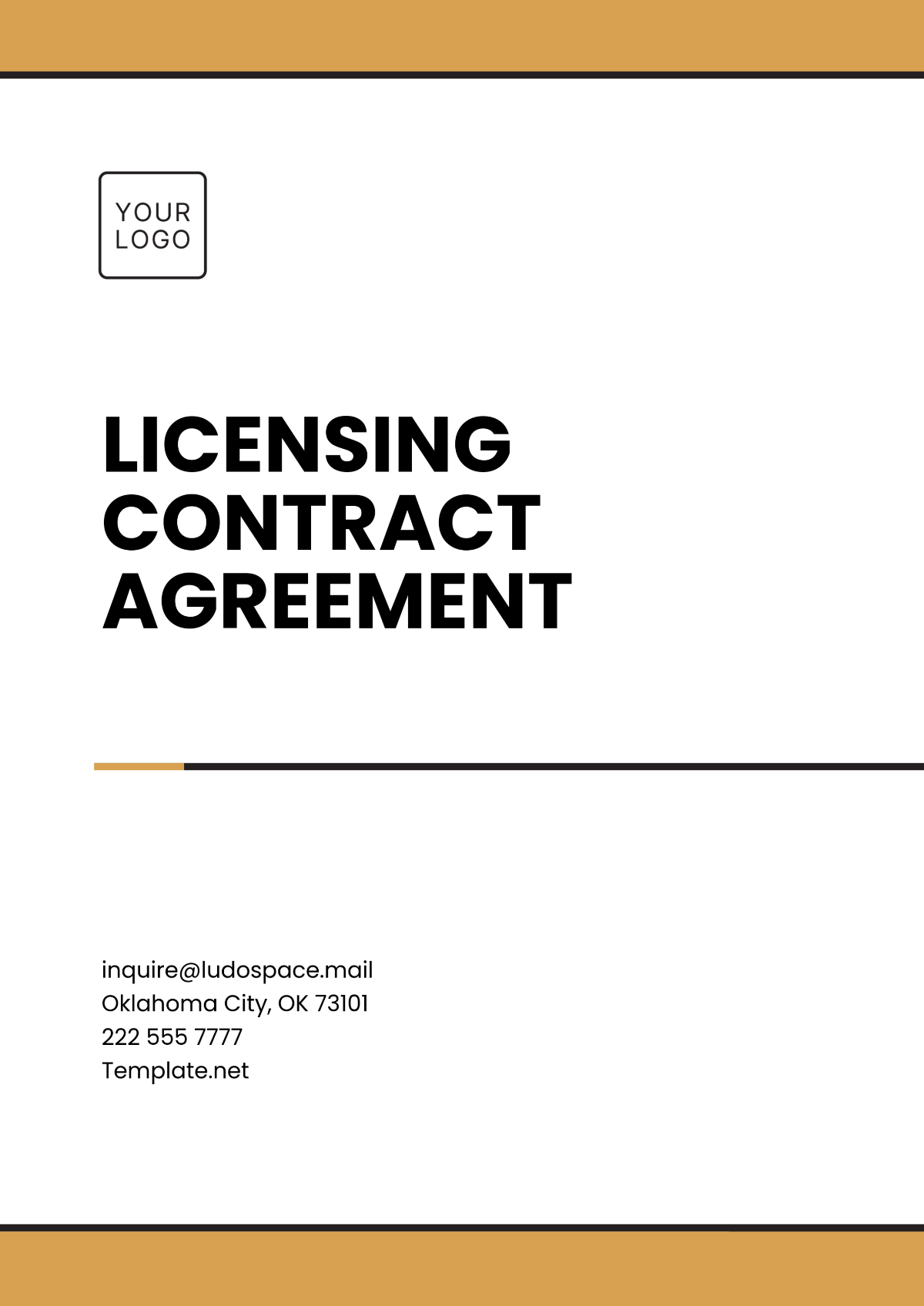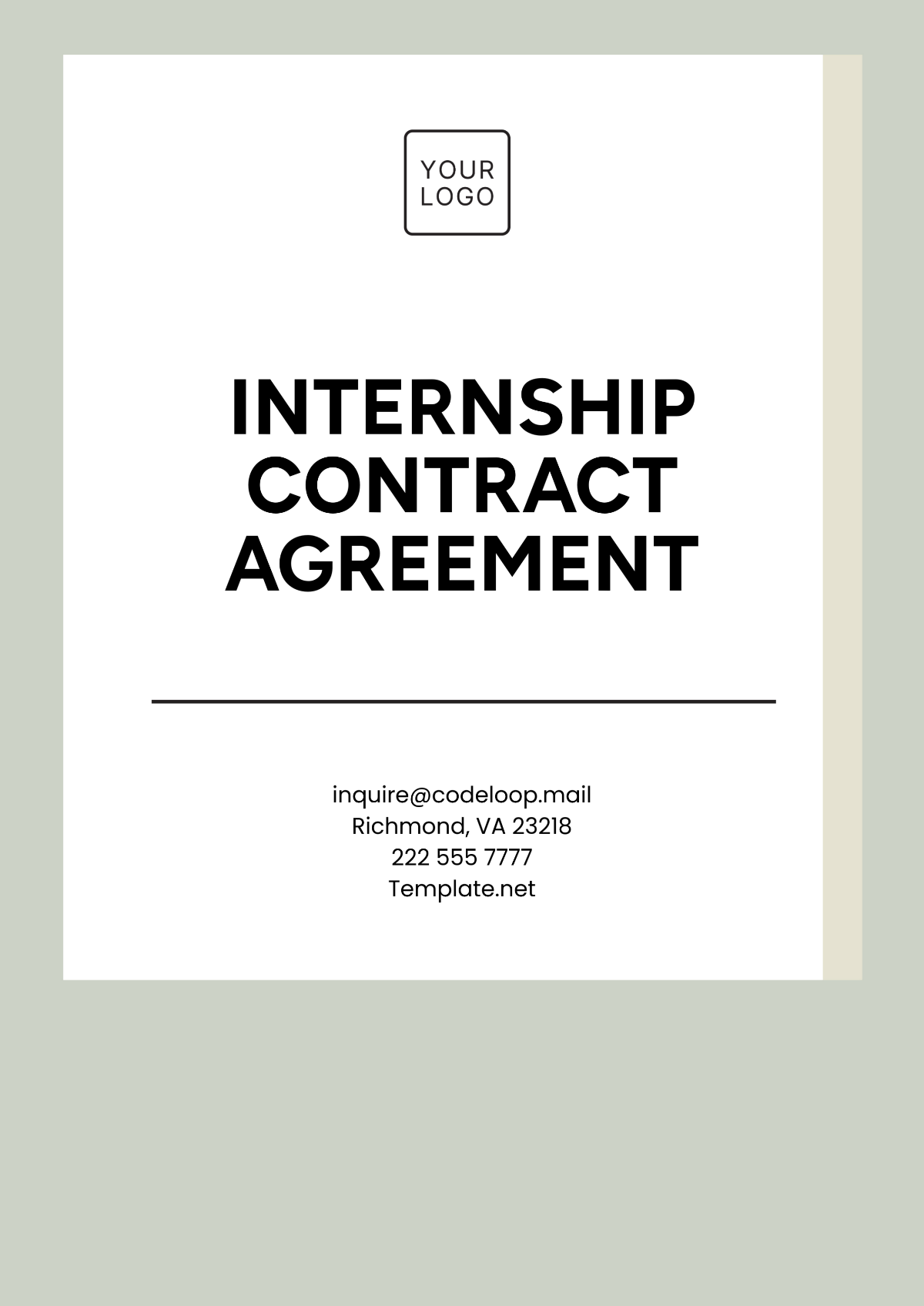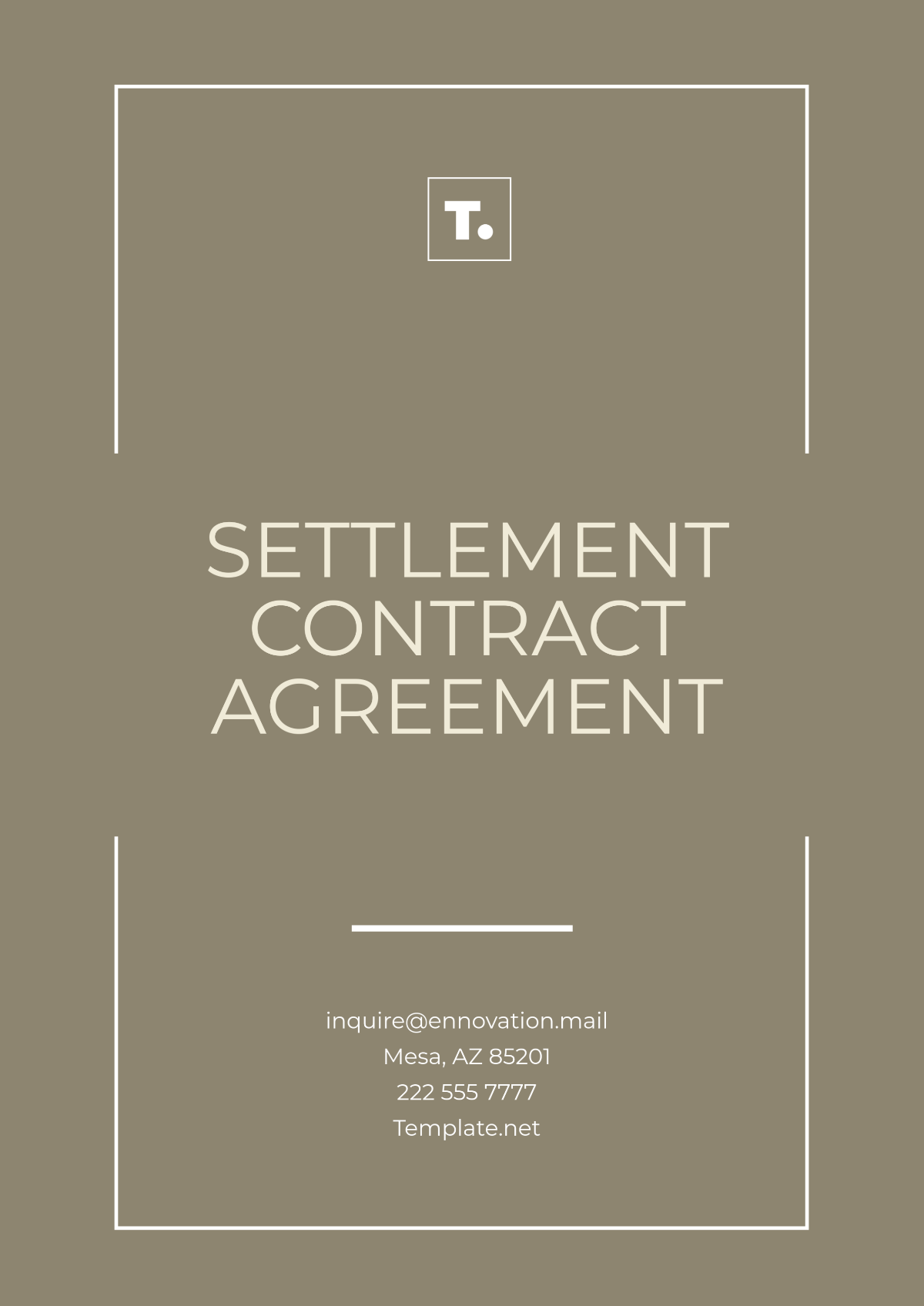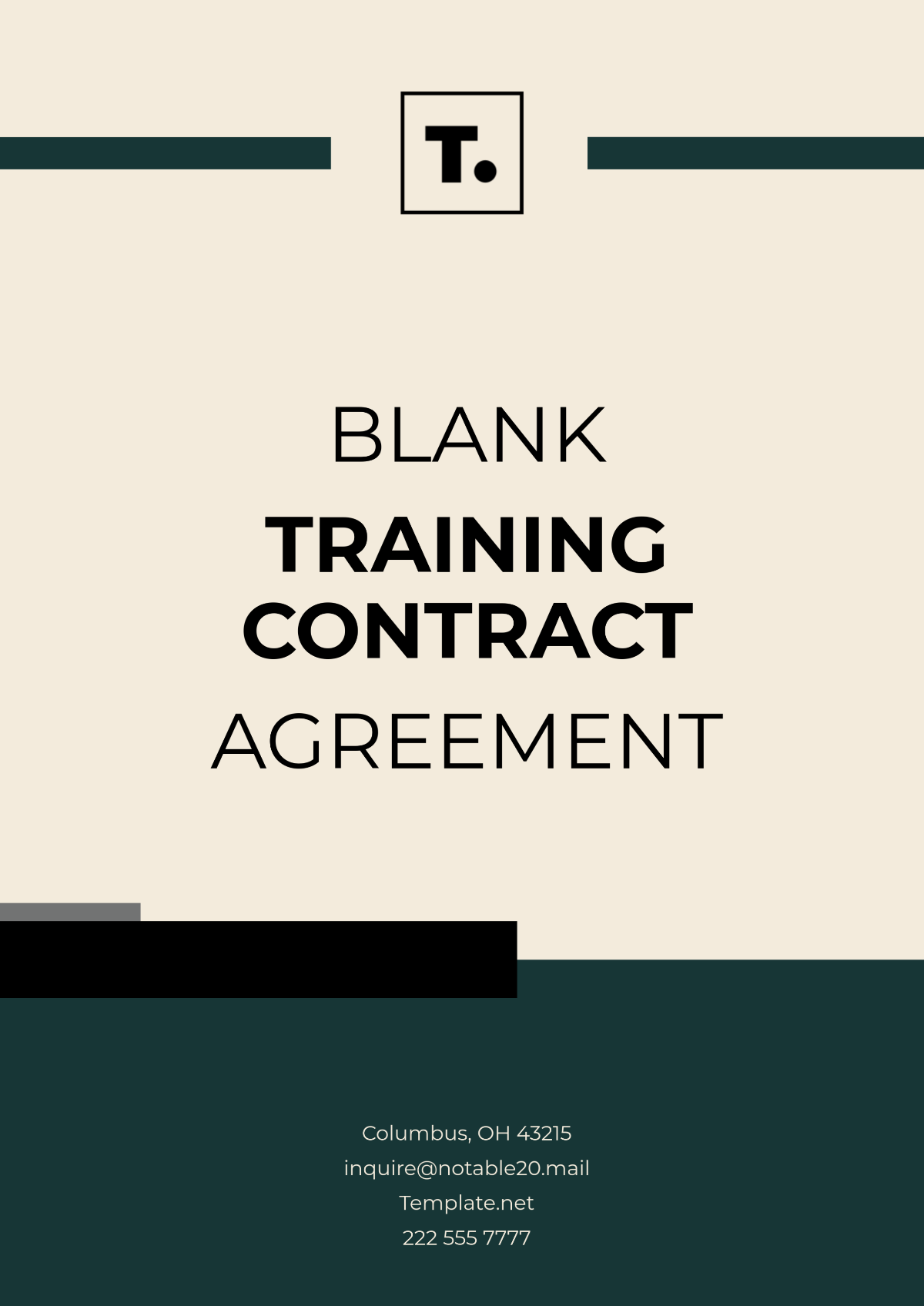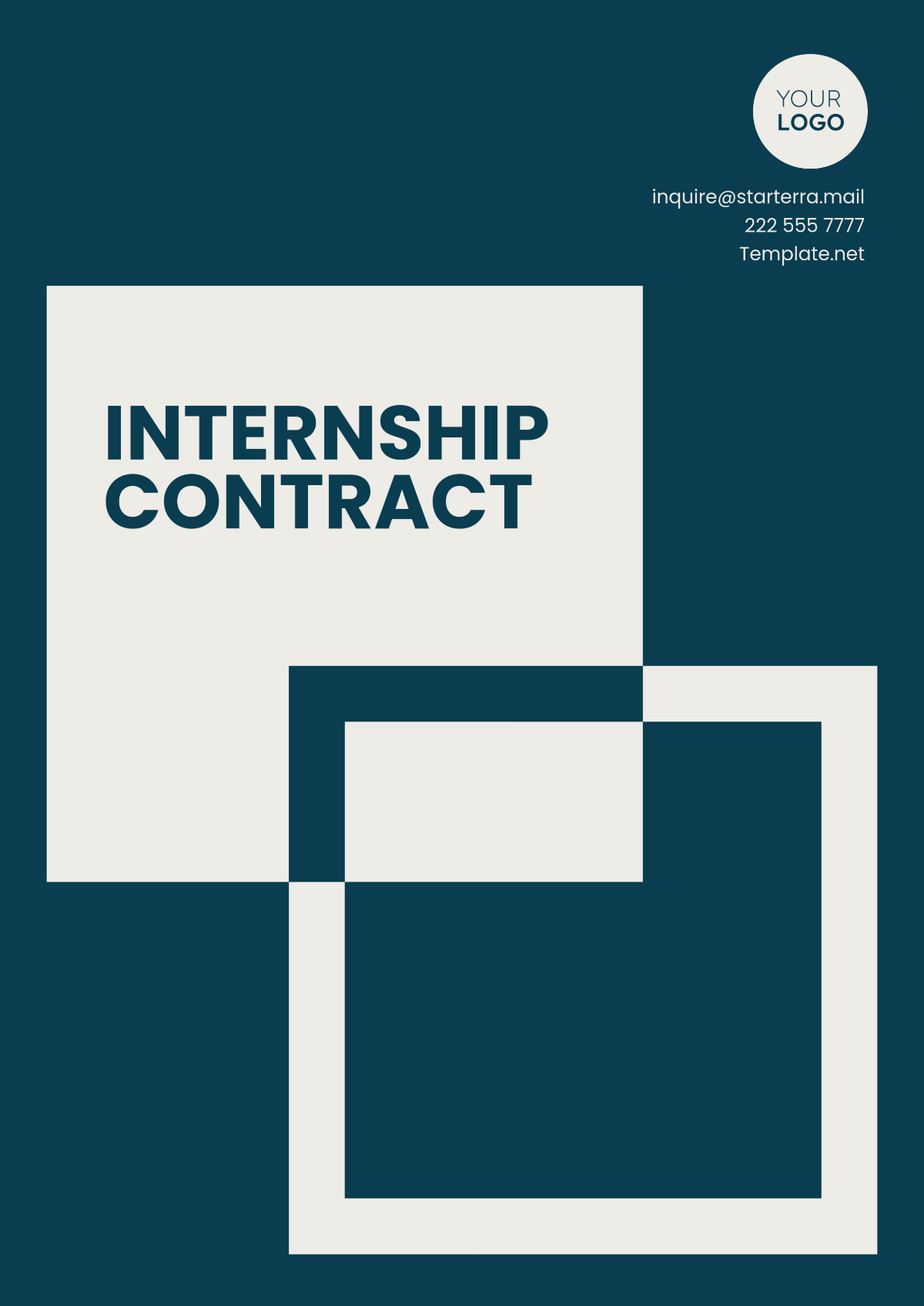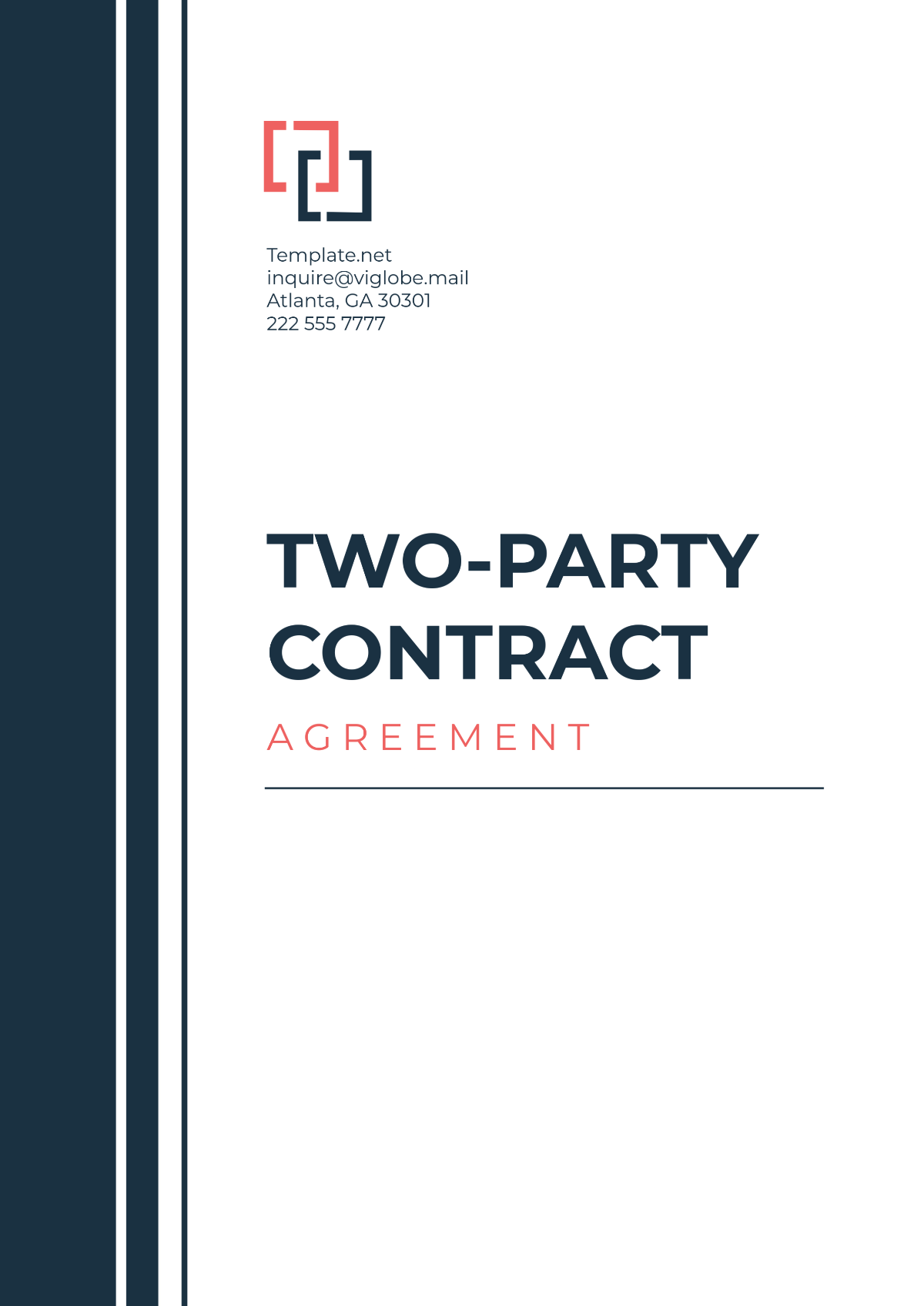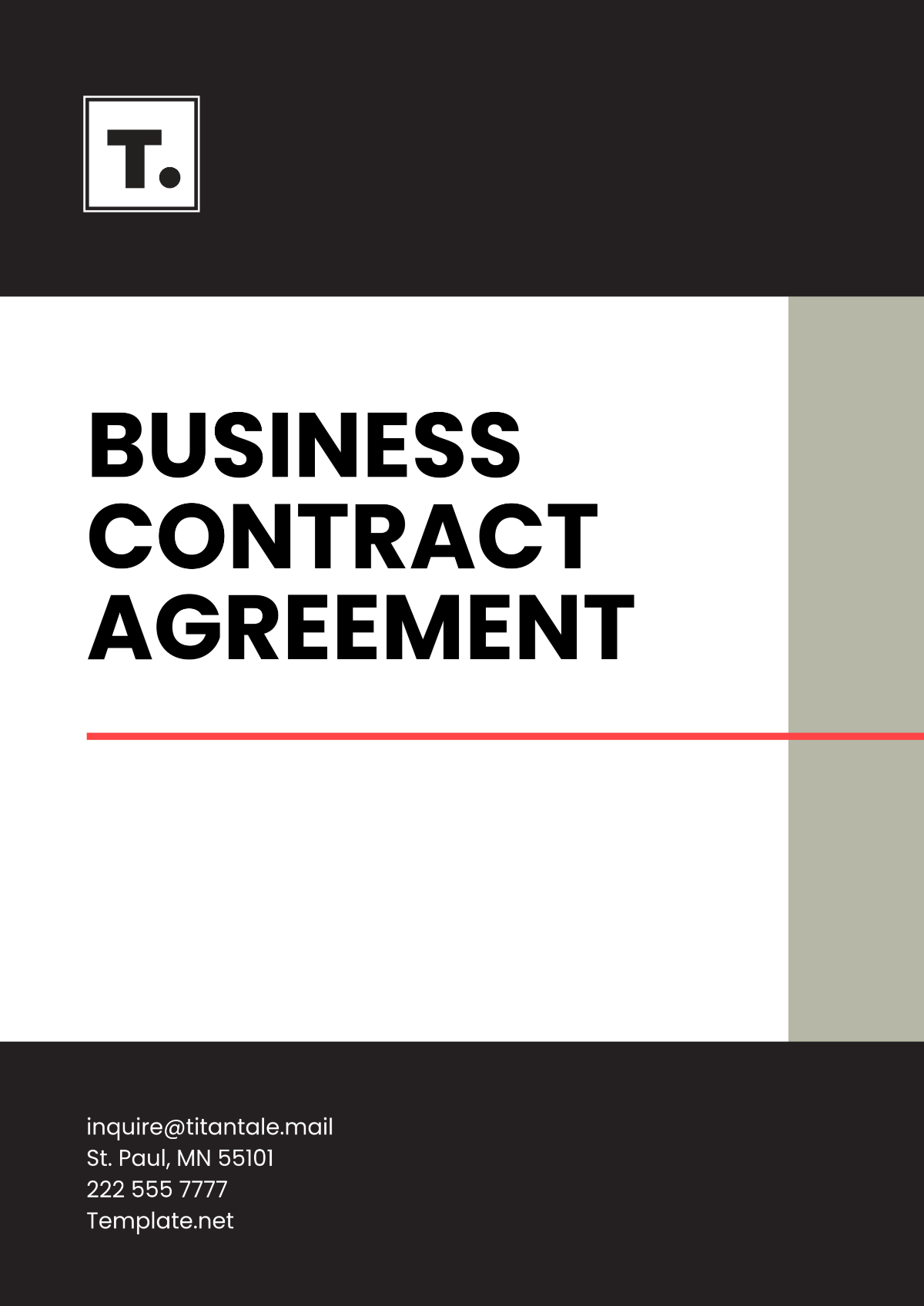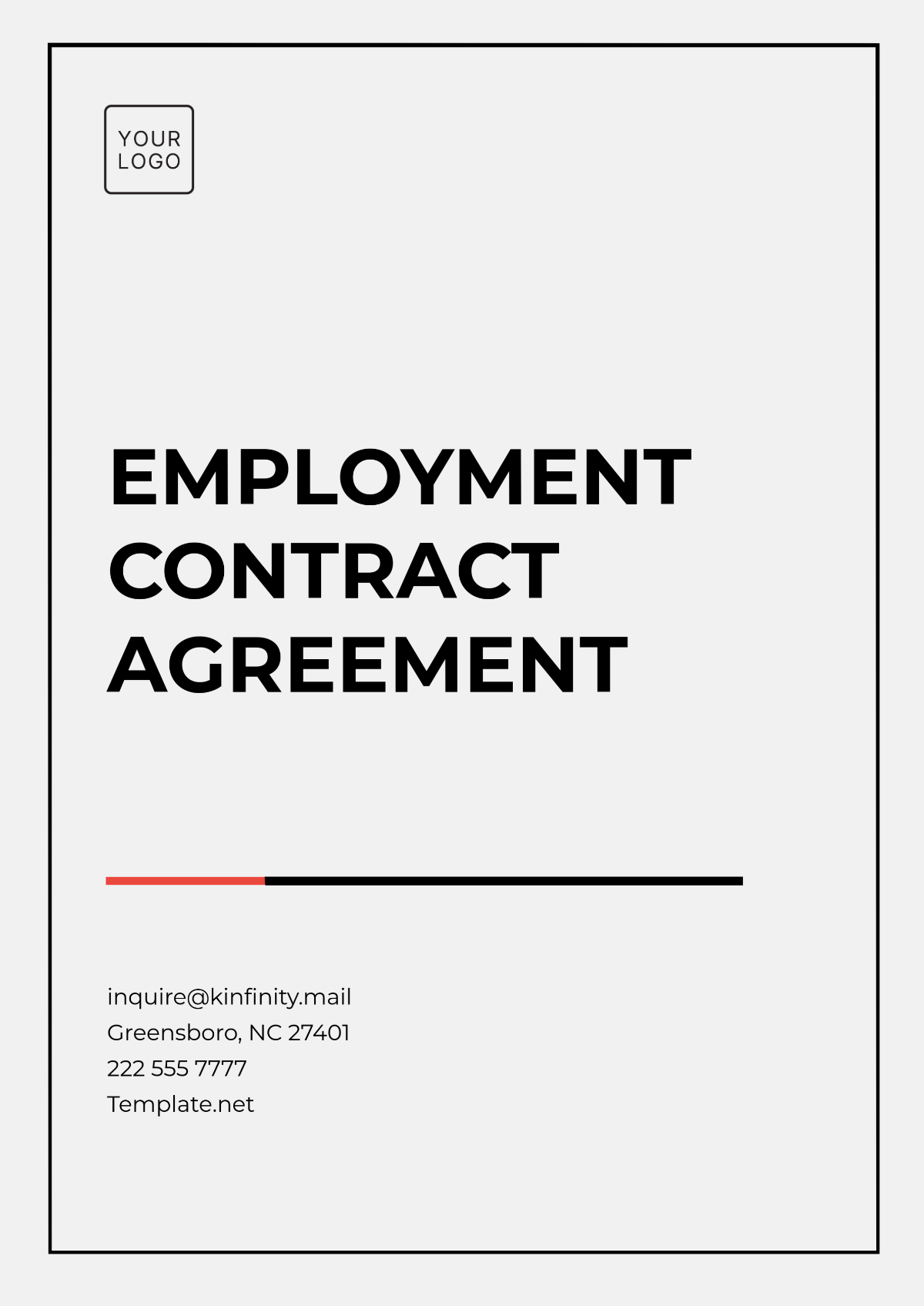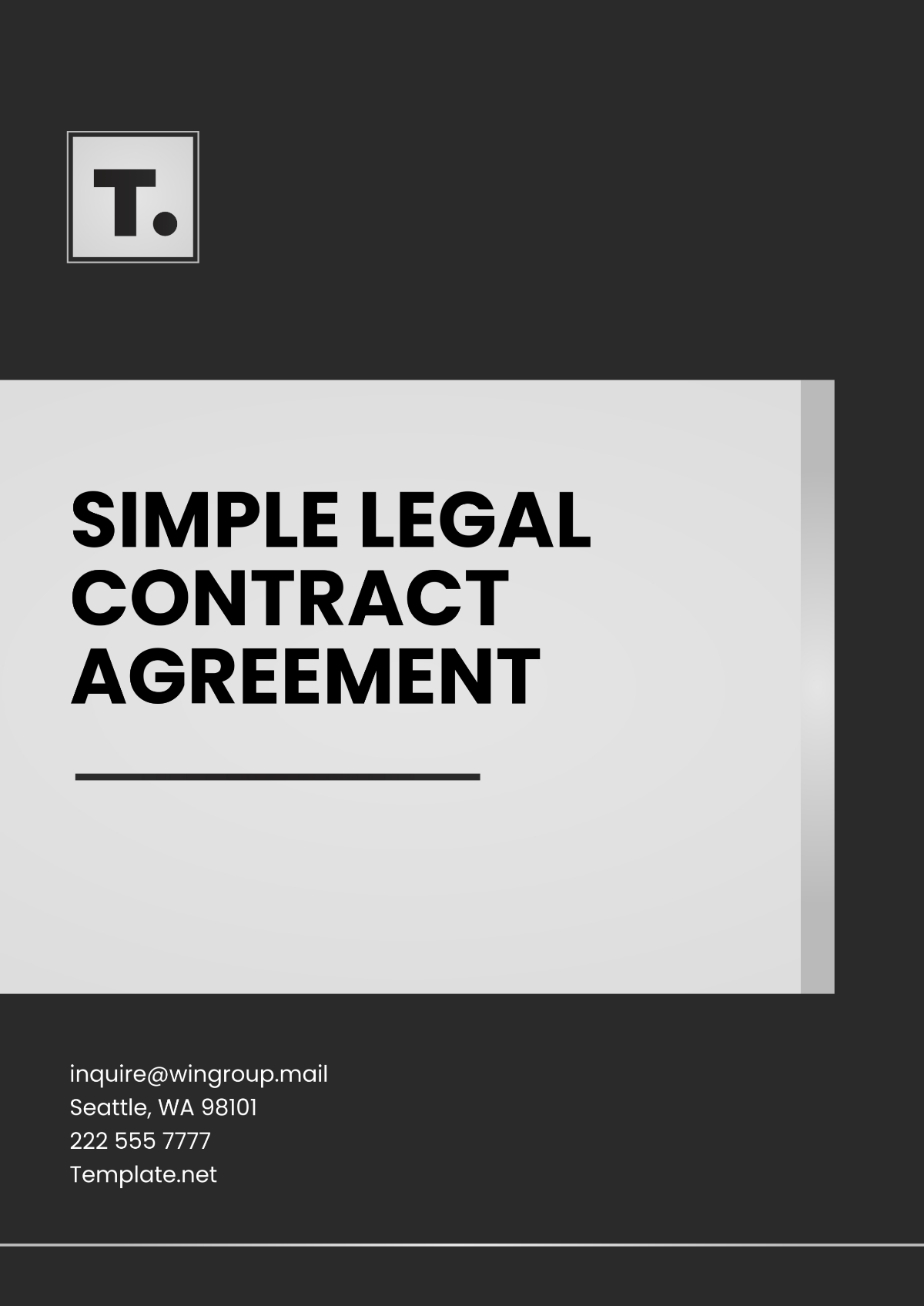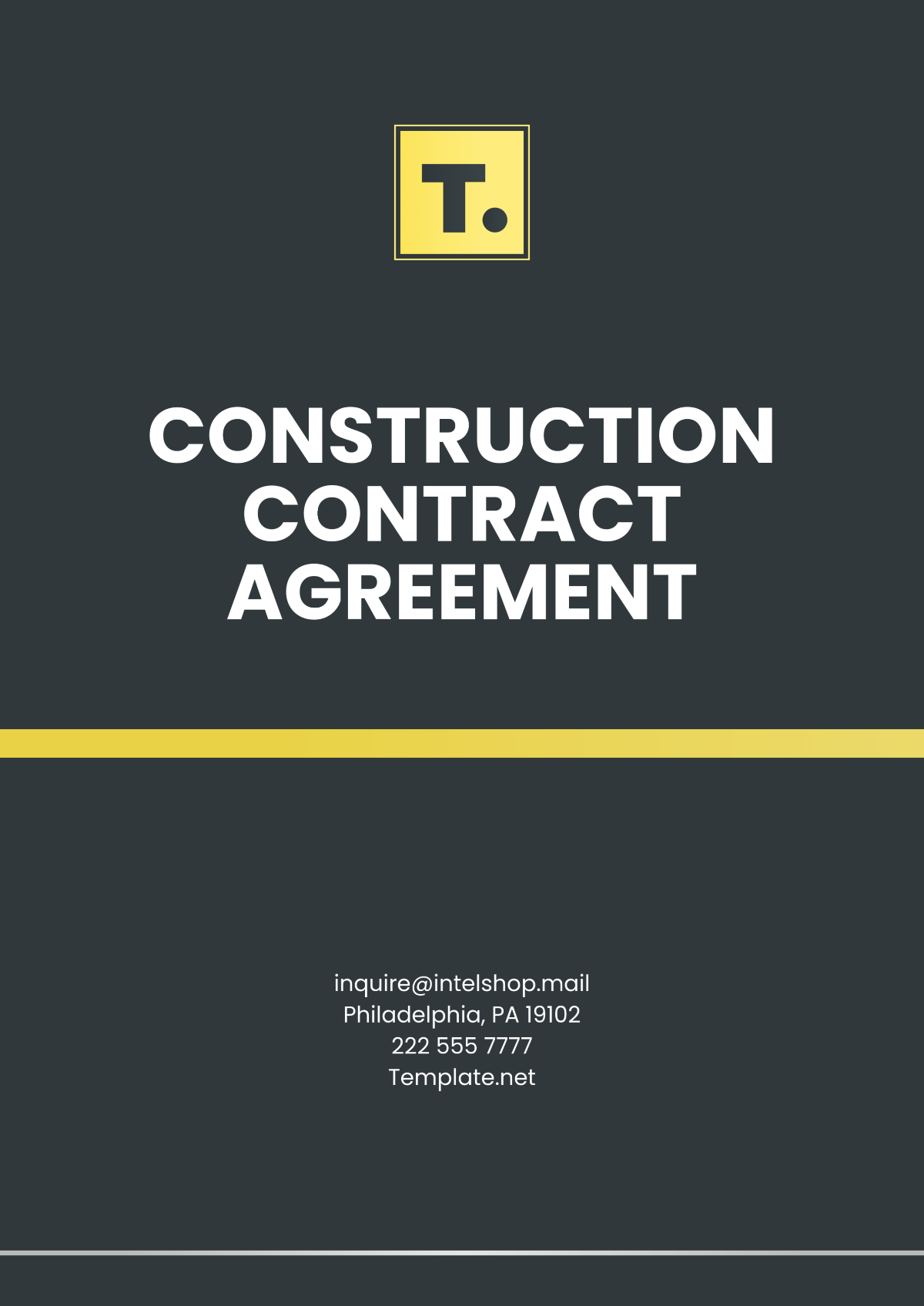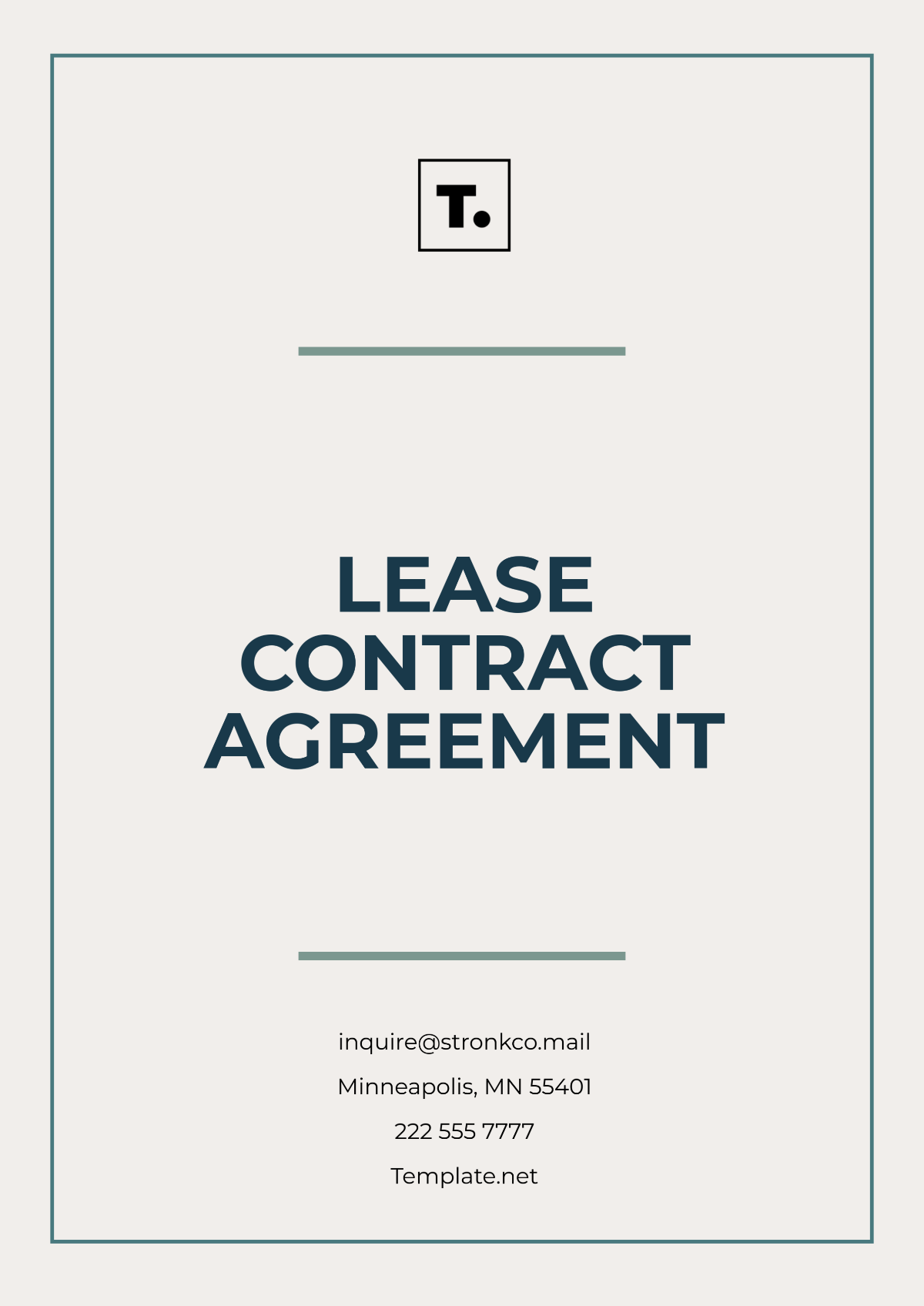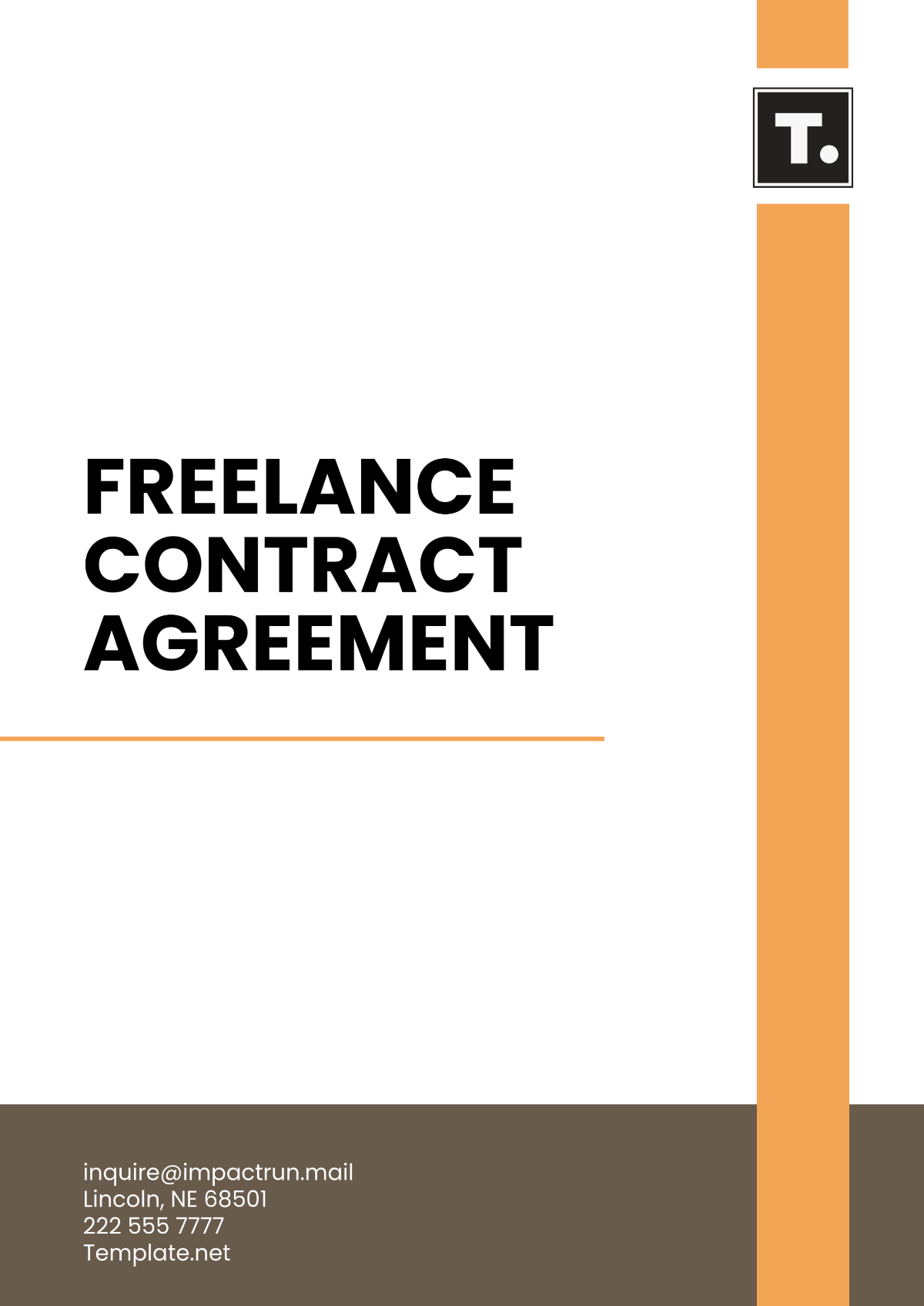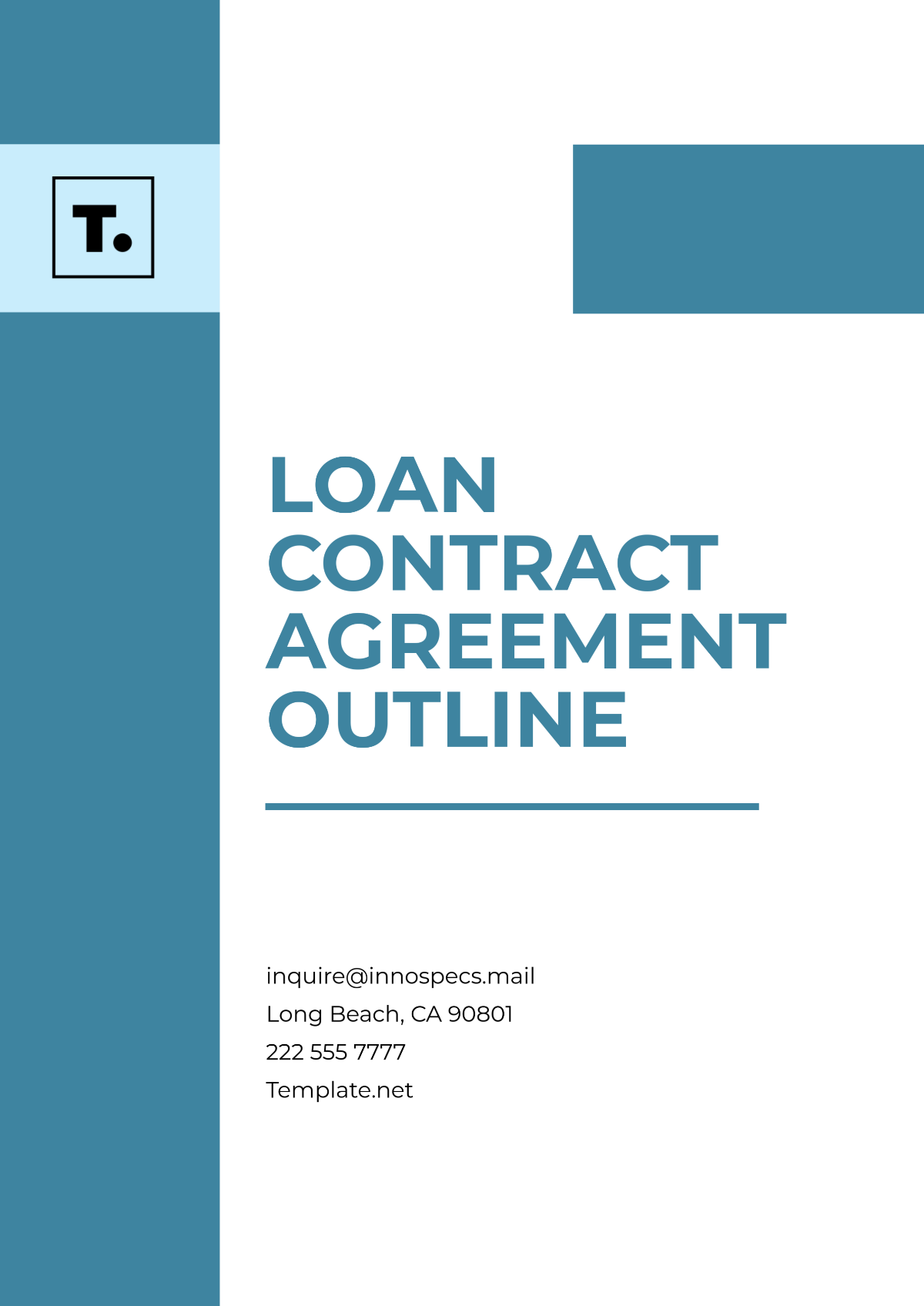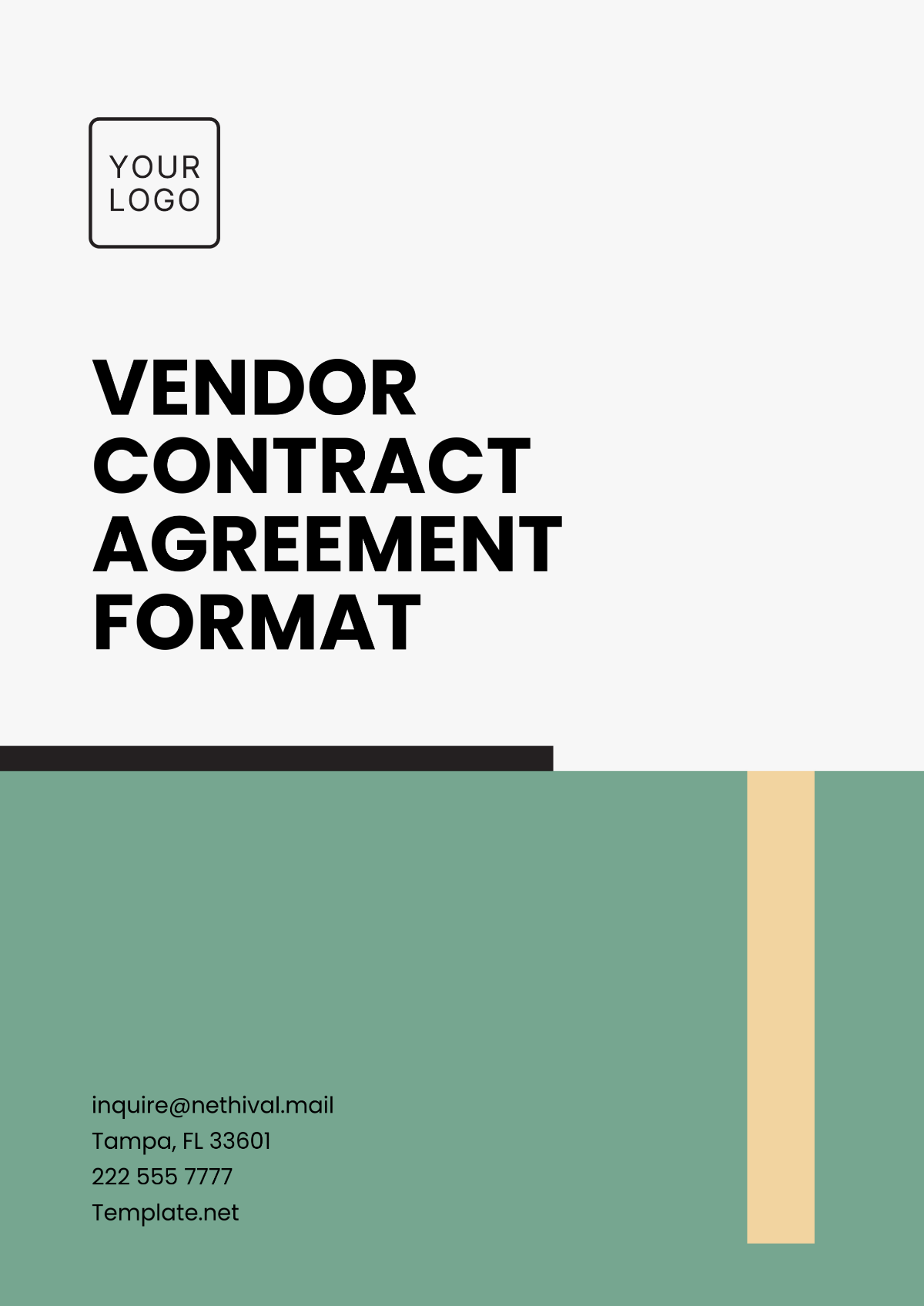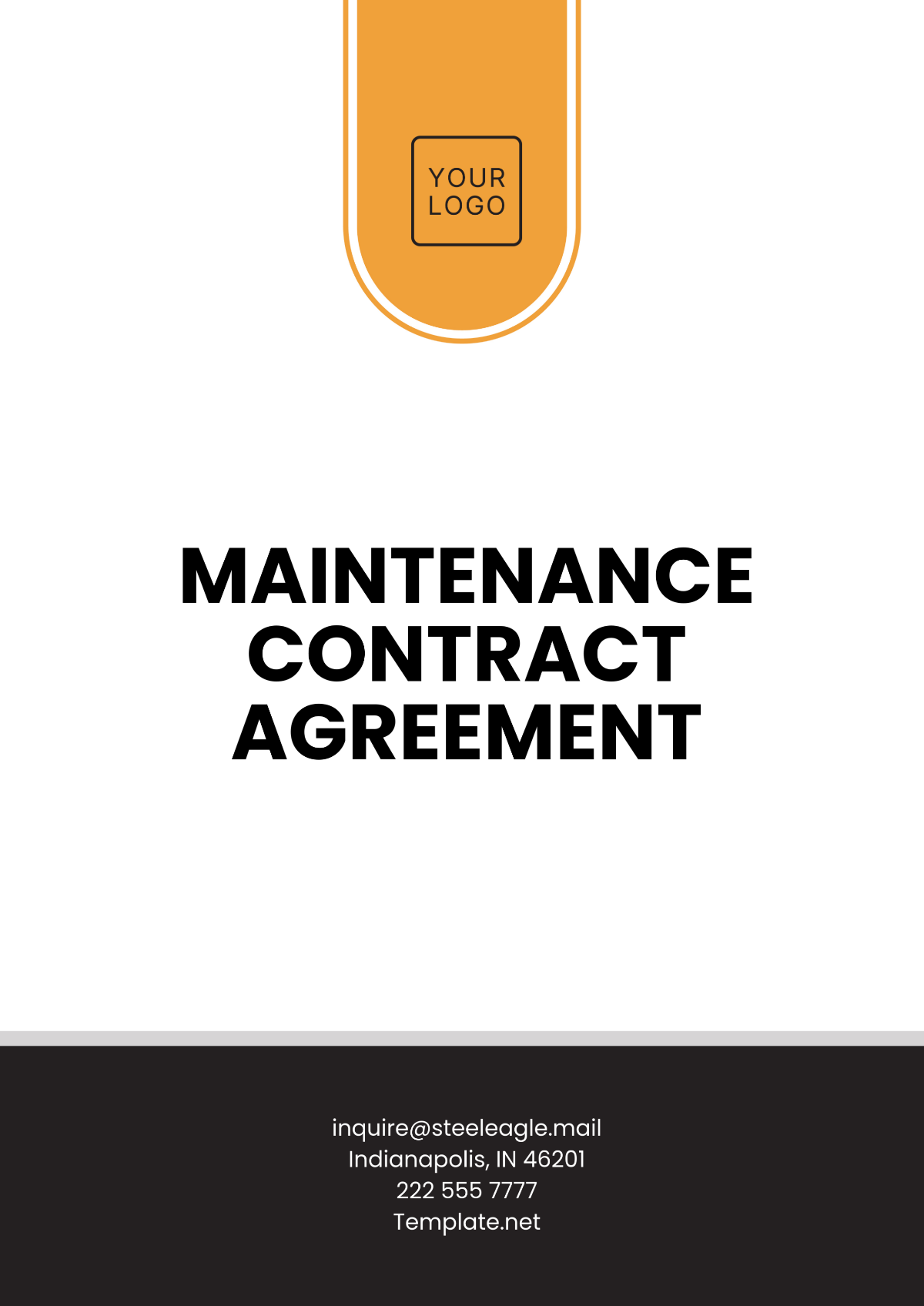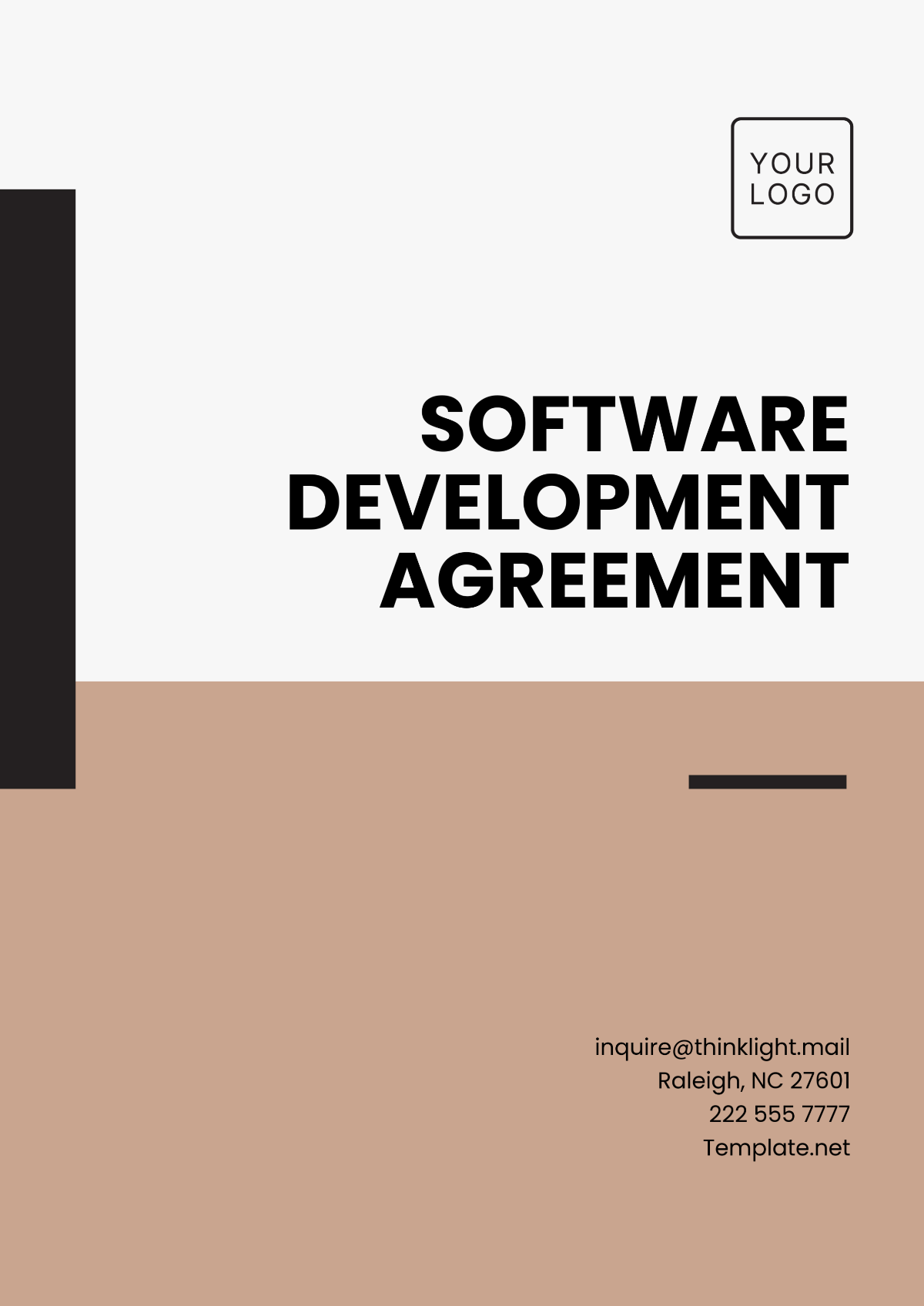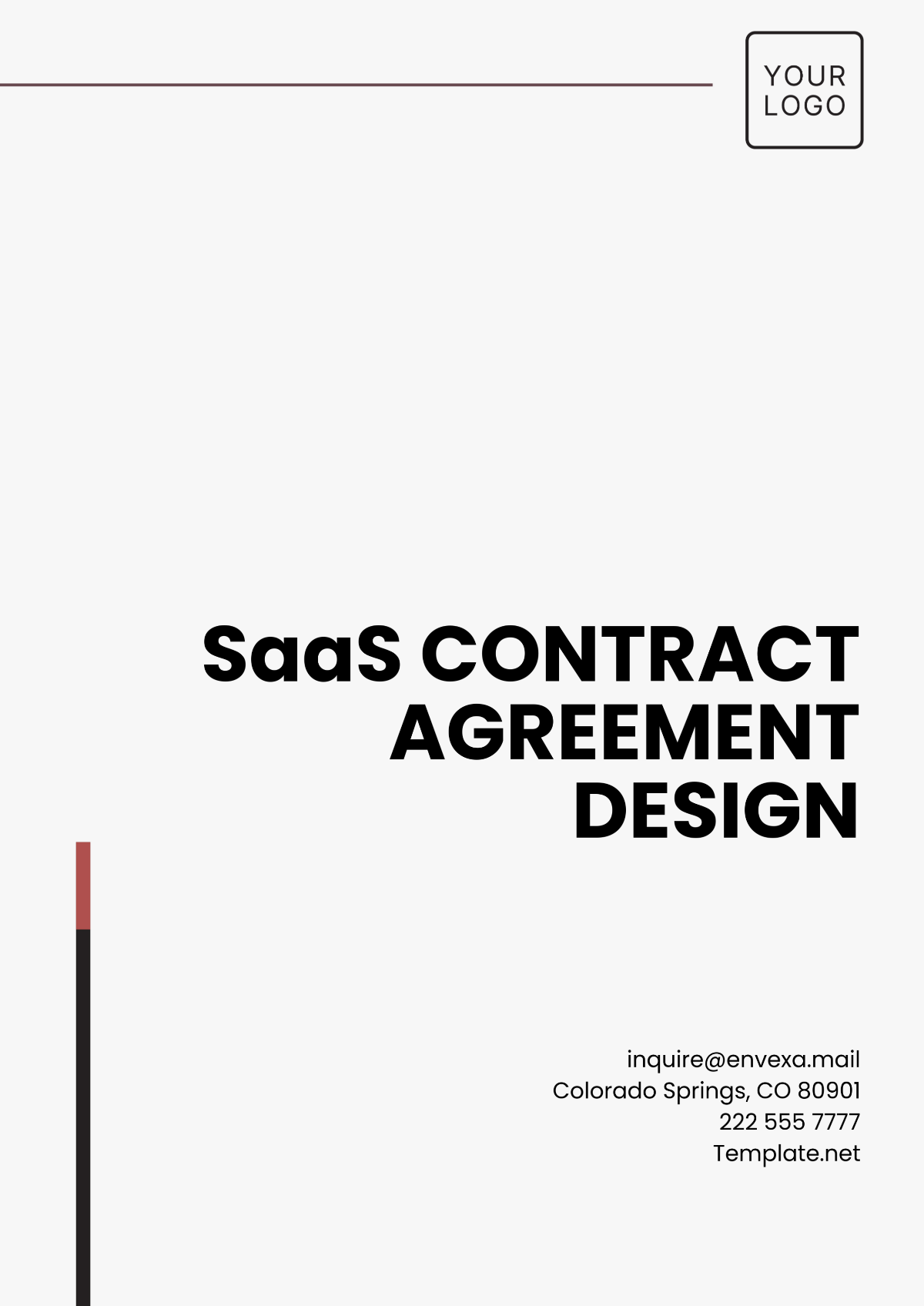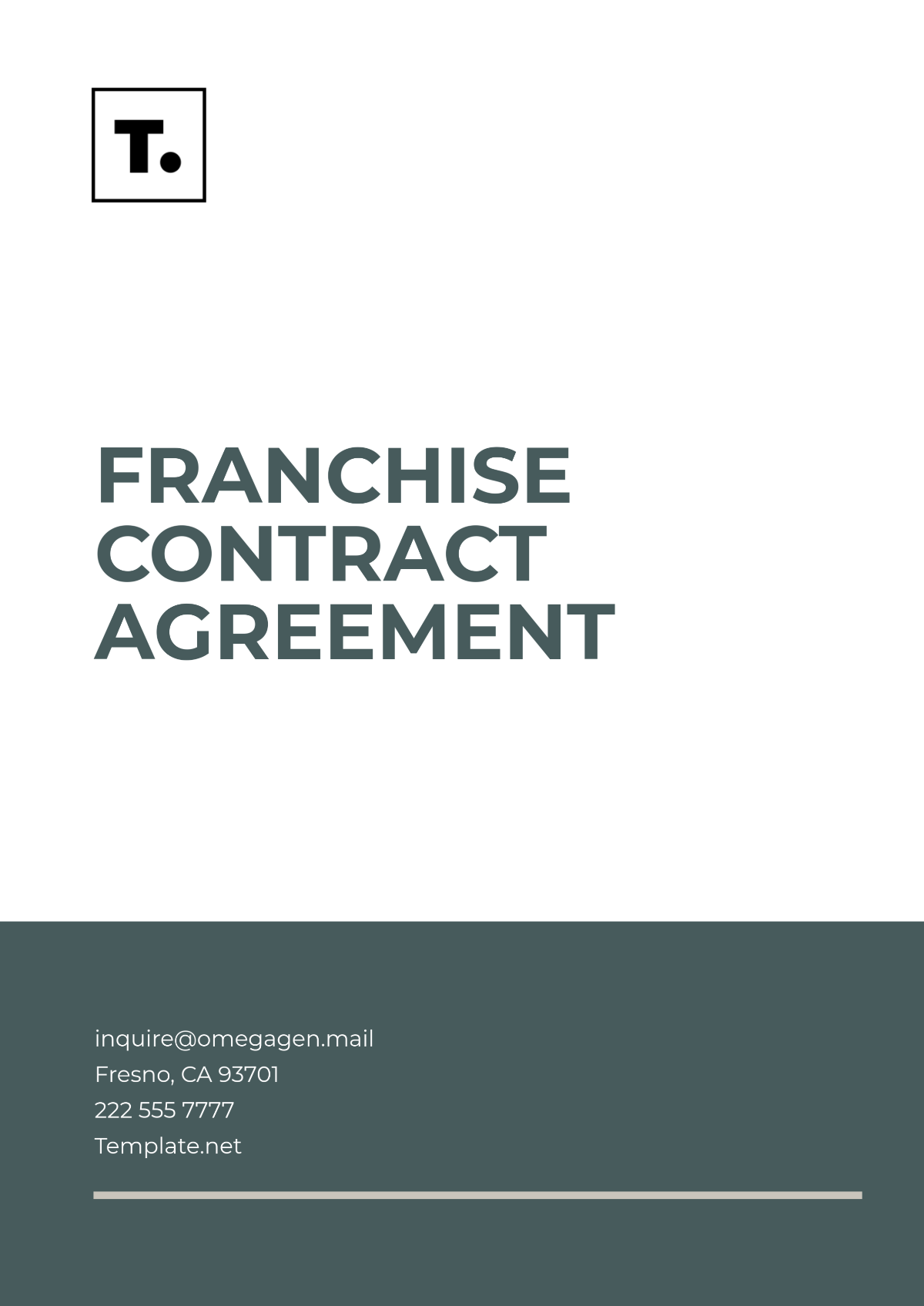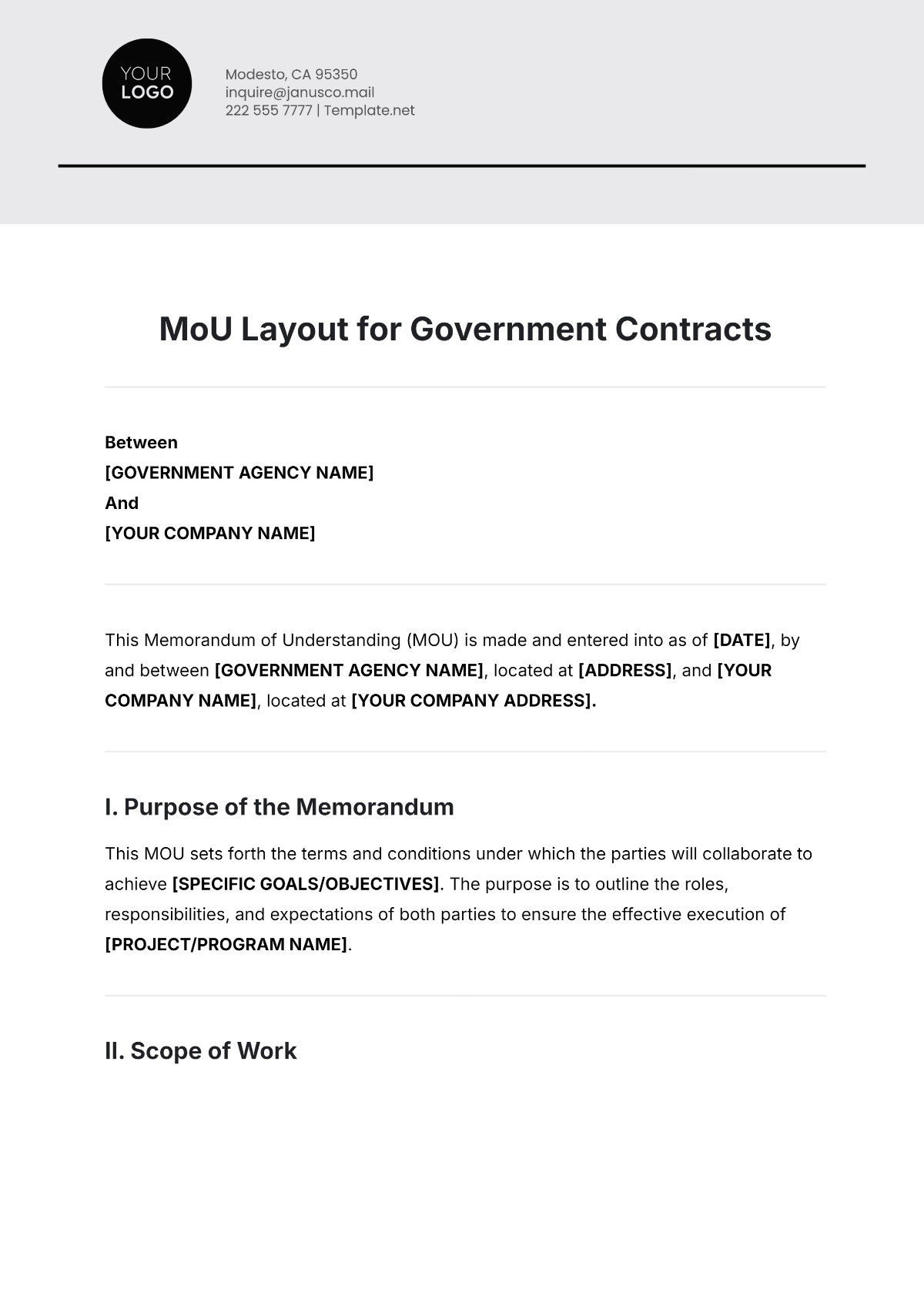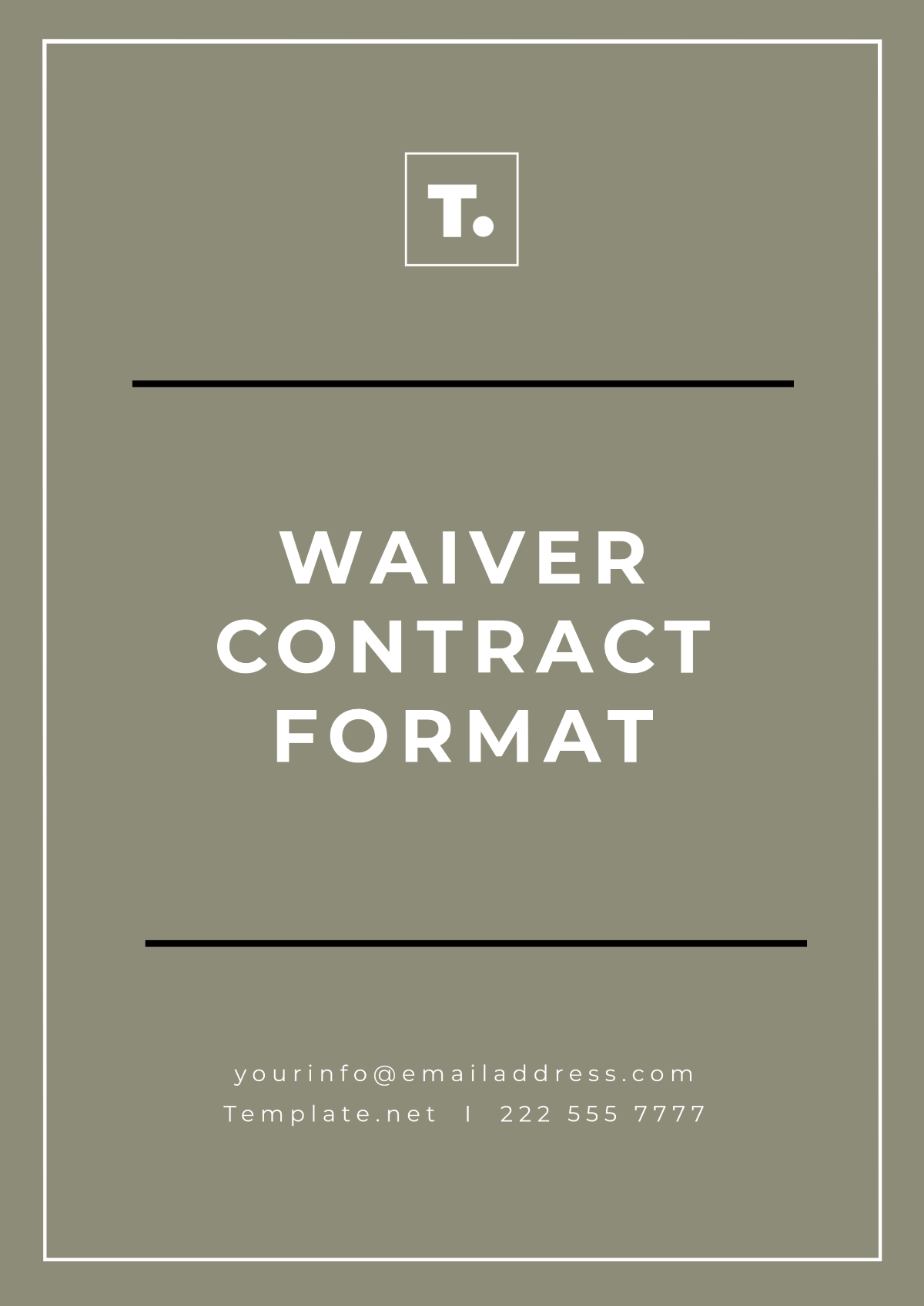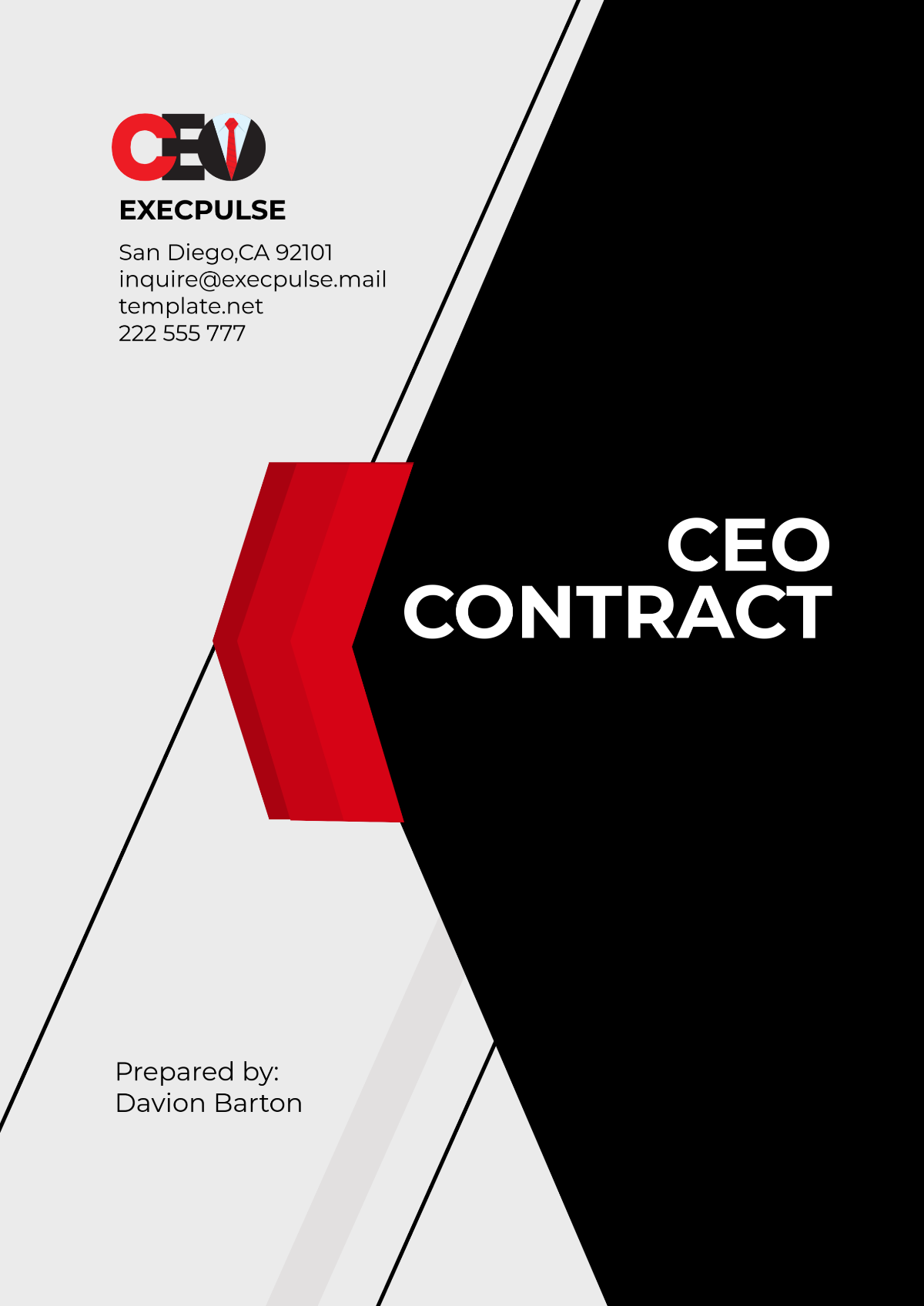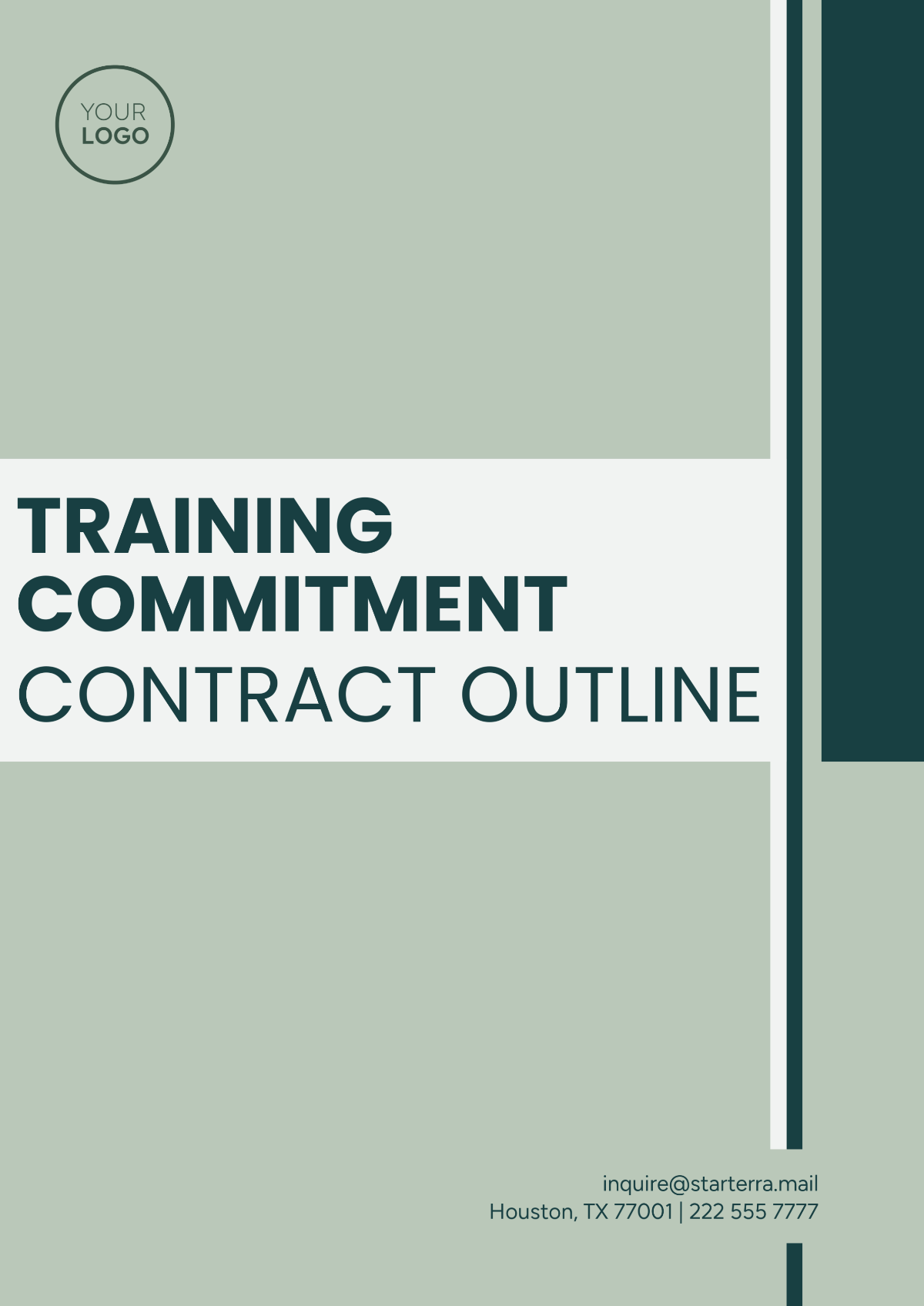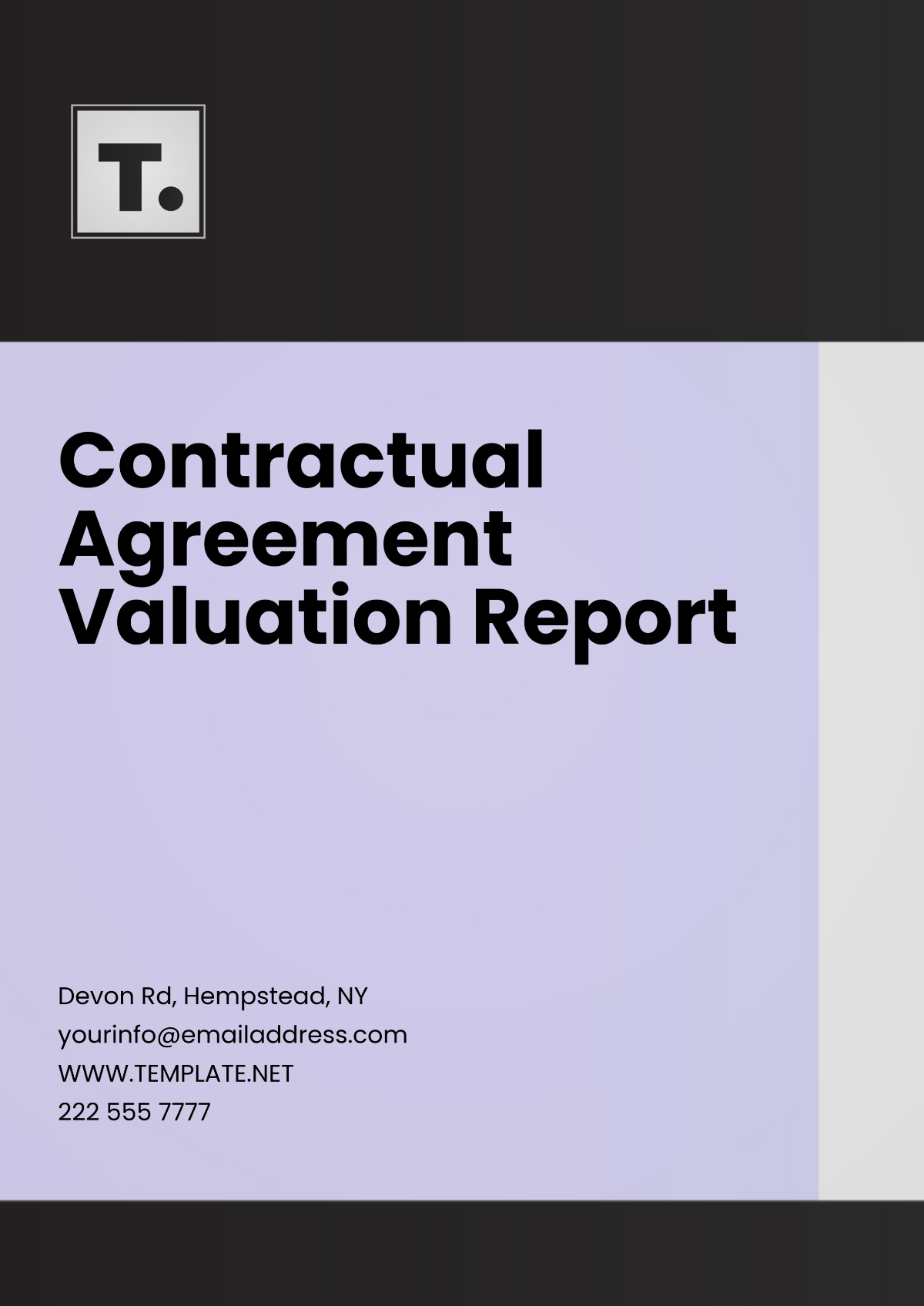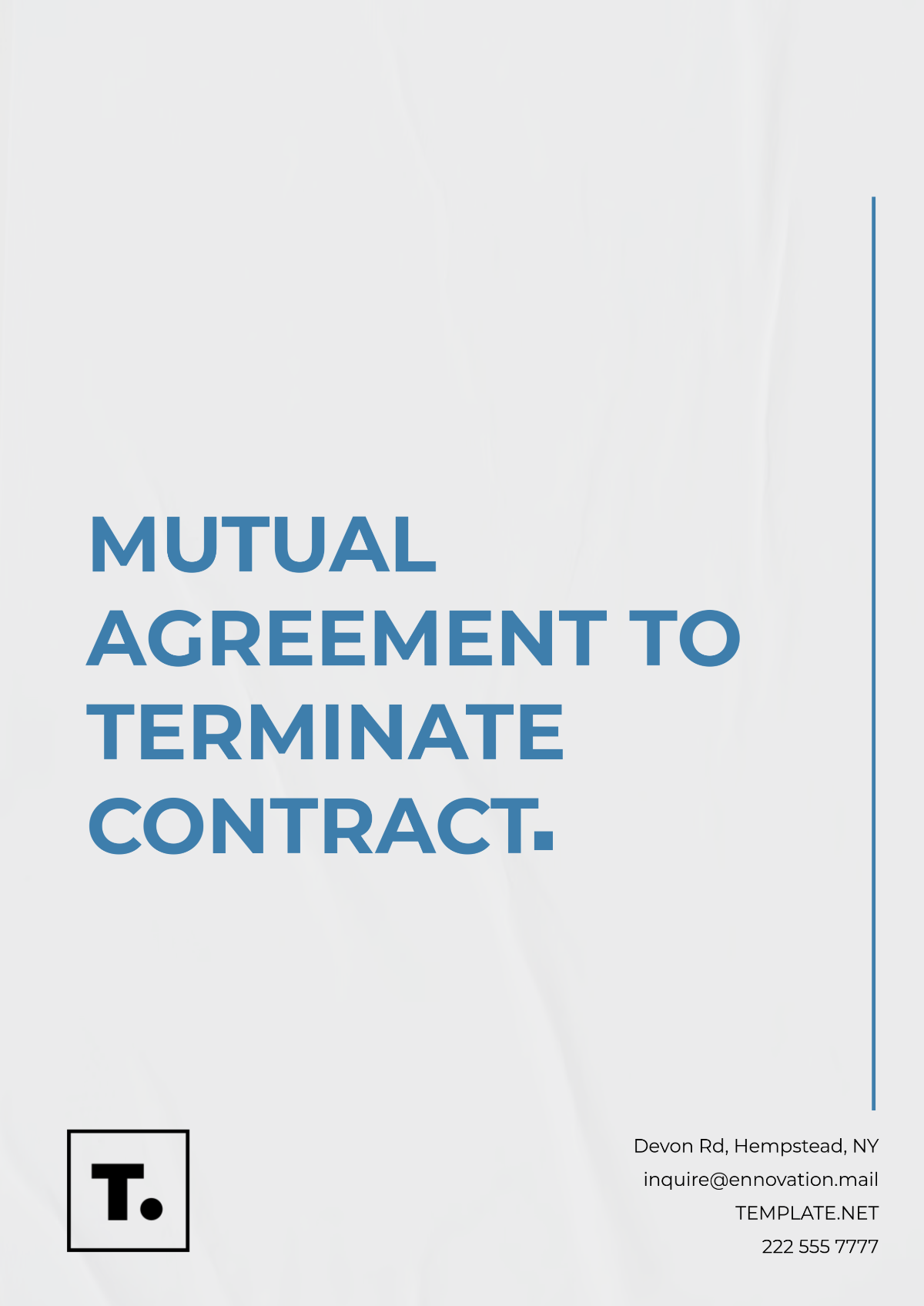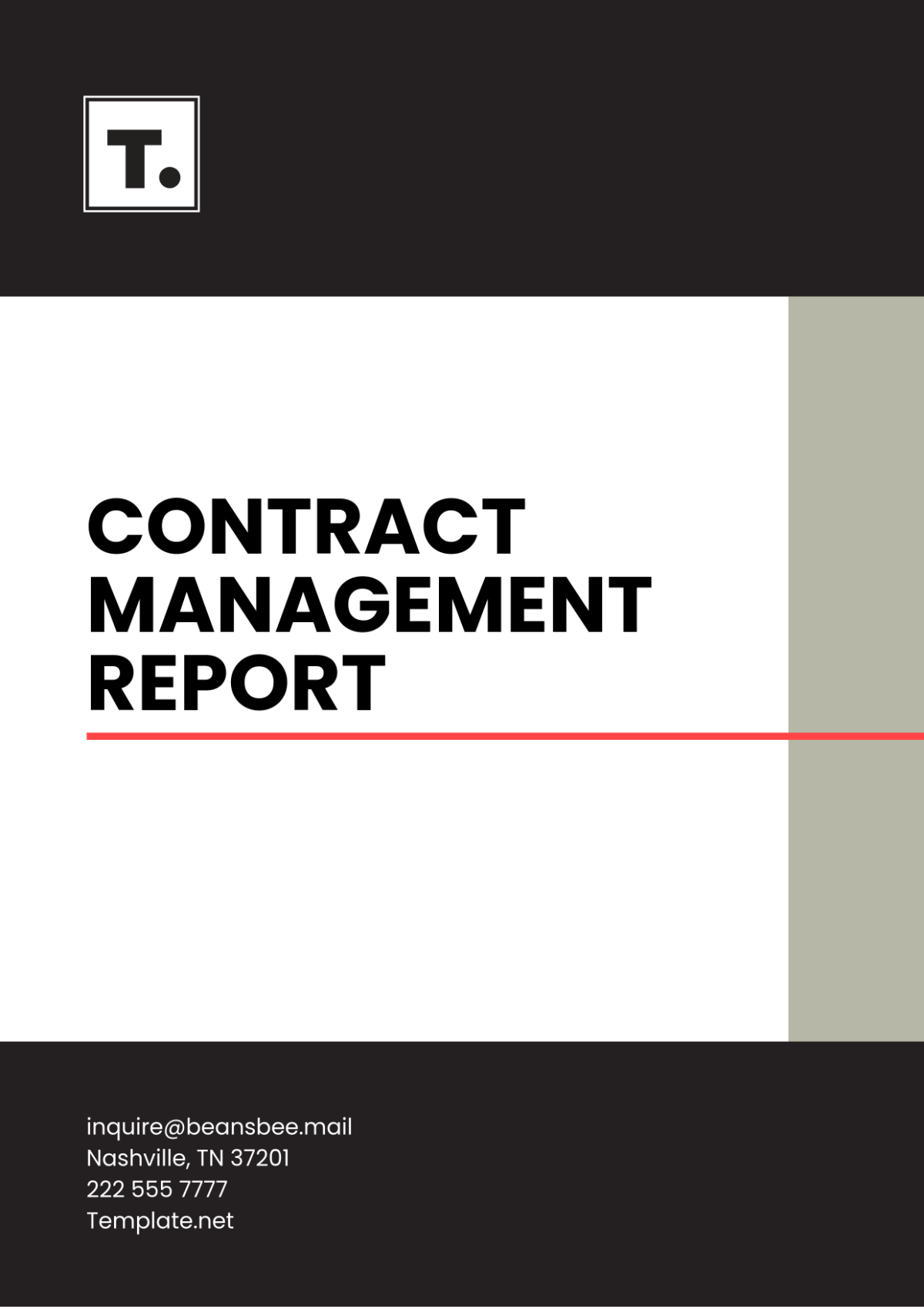Legal Contract Audit Protocol
I. Introduction
Purpose of the Audit Protocol
The Legal Contract Audit Protocol for [Your Company Name] is designed to ensure that all contracts entered into by the company adhere to legal standards, align with organizational policies, and fulfill contractual obligations efficiently. This protocol aims to identify risks, non-compliance issues, and opportunities for process improvement, thereby enhancing contractual performance and minimizing legal liabilities.
Scope and Objectives
The scope of this audit protocol covers all contractual agreements made by [Your Company Name], including but not limited to service agreements, partnership agreements, lease agreements, and procurement contracts. The objectives of the audit are to:
Ensure compliance with applicable laws and regulations.
Verify adherence to internal policies and procedures.
Assess the efficiency and effectiveness of contract management processes.
Identify potential risks and areas for improvement.
Definitions of Key Terms
Compliance: Adherence to laws, regulations, guidelines, and specifications relevant to the company's business operations.
Contractual Obligations: Duties that parties are legally bound to perform as per the terms of a contract.
Risk Assessment: The process of identifying, analyzing, and evaluating risks associated with contractual agreements.
II. Audit Preparation
Formation of the Audit Team
The audit team will consist of individuals from the legal, finance, and contract management departments, ensuring a multidisciplinary approach to the audit process.
Role | Responsibilities | Department |
|---|---|---|
Lead Auditor | Oversee the audit process, report findings | Legal |
Financial Analyst | Assess financial compliance, risks | Finance |
Contract Specialist | Review contractual terms, obligations | Contract Management |
Audit Tools and Resources
Contract Management Software
Legal Compliance Checklists
Financial Analysis Tools
Selection of Contracts for Audit
Criteria for selection include:
Contract value exceeding $100,000.
Contracts nearing renewal or expiration.
Randomly selected contracts for unbiased auditing.
Planning and Scheduling
Timeline: The audit will commence on , and conclude by [Month, Day, Year].
Key Milestones: Planning (Week 1), Initial Review (Weeks 2-3), Detailed Analysis (Weeks 4-8), Reporting (Week 9), Implementation of Recommendations (Weeks 10-12).
III. Audit Process
The audit process is a critical component of [Your Company Name]'s Legal Contract Audit Protocol, designed to systematically review and assess the company's contractual agreements. This phase is meticulously structured to uncover any discrepancies, non-compliance issues, and areas for improvement, thereby ensuring that all contracts align with legal standards, organizational policies, and best practices. The process unfolds in several key stages:
Initial Review
Documentation Collection
At this stage, the audit team gathers all relevant contract documentation. This includes the original contracts, any amendments or addenda, correspondence related to contract negotiation, performance reports, and financial statements related to contract payments and obligations. A centralized contract management system is instrumental in facilitating efficient collection and review of these documents.
Preliminary Assessment
Following documentation collection, the team conducts a preliminary assessment to identify any immediate red flags or glaring risks. This assessment focuses on:
Verifying the presence of all required documents.
Ensuring contracts have been executed properly and by authorized individuals.
Identifying contracts that may be at risk of non-compliance with new legal or regulatory changes.
Detailed Analysis
The detailed analysis delves deeper into each contract's specifics, focusing on several critical areas:
Compliance with Legal Requirements
The audit team reviews contracts to ensure they comply with all applicable laws, regulations, and industry standards. This involves:
Checking for adherence to labor laws, privacy regulations, and environmental standards.
Ensuring contracts do not contain illegal or unenforceable clauses.
Adherence to Organizational Policies
Contracts are analyzed to verify that they align with [Your Company Name]'s internal policies. This includes:
Procurement policies, to ensure fair and transparent vendor selection.
Confidentiality policies, to confirm the protection of sensitive information.
Contractual Obligations and Rights
The team meticulously reviews the terms of each contract to ensure that obligations and rights are clearly defined, understood, and adhered to by all parties. This involves:
Confirming that service levels and deliverables are explicitly stated and met.
Reviewing termination clauses, renewal options, and penalty provisions.
Risk Identification and Assessment
Risks associated with each contract are identified and assessed in terms of their potential impact on [Your Company Name]. This includes:
Financial risks, such as penalties for non-compliance or over-dependence on a single vendor.
Operational risks, including potential disruptions to supply chains.
Legal risks, such as disputes arising from ambiguous contract terms.
Interviews and Consultations
To supplement the document review and analysis, the audit team conducts interviews and consultations with:
Key Individuals | Description |
|---|---|
Stakeholders | Key personnel involved in the negotiation, execution, and management of the contract to gain insights into its performance and any challenges encountered. |
Legal Experts | Internal or external legal advisors to clarify complex legal terms and ensure compliance with current laws and regulations. |
Contract Managers | Individuals responsible for overseeing contract performance to understand the practical aspects of contract management and any issues faced in meeting contractual obligations. |
IV. Audit Findings and Reporting
Compilation of Findings
Issue Type | Number of Instances | Potential Impact |
|---|---|---|
Non-compliance with Laws | 2 | High |
Policy Deviations | 5 | Medium |
Risk Identification | 3 | High |
Analysis and Recommendations
For each issue identified, provide a detailed analysis and recommend corrective actions, such as renegotiating contract terms or improving internal controls.
Reporting
Format: Comprehensive report including executive summary, detailed findings, and recommendations.
Distribution List: Legal Department, Senior Management, Contract Management Team.
V. Post-Audit Activities
The conclusion of the audit process marks the beginning of a critical phase where findings are translated into actionable improvements. This phase is structured to ensure that recommendations are implemented effectively and that the audit's benefits are realized and sustained over time.
Implementation of Recommendations
Upon finalizing the audit report, a detailed action plan will be developed. This plan outlines specific recommendations, assigns responsibilities, and sets deadlines for completion. The plan is communicated to all relevant departments and stakeholders to ensure buy-in and accountability. Implementation may involve:
Re-negotiating contracts to address compliance gaps or to better align with organizational goals.
Developing or revising internal policies and procedures to prevent future non-compliance.
Enhancing training programs for staff involved in contract negotiation and management.
Follow-Up Audits
To ensure that corrective actions have been effectively implemented and that they are producing the desired outcomes, follow-up audits are scheduled. These audits are targeted, focusing specifically on areas where significant issues were identified in the initial audit. The schedule and scope of these audits are documented and communicated to all stakeholders, emphasizing the company's commitment to continuous improvement.
Continuous Improvement
The audit process is not static; it's a tool for ongoing improvement. Insights gained from each audit cycle are used to refine the audit protocol itself, making it more effective over time. This may involve:
Updating audit checklists and methodologies to reflect new legal requirements or organizational policies.
Enhancing training programs for the audit team based on lessons learned.
Investing in new tools or technologies to improve the efficiency and effectiveness of the audit process.
VI. Documentation and Record Keeping
Accurate and secure documentation and record-keeping are foundational to the audit process, ensuring transparency, accountability, and compliance with legal requirements.
Audit Documentation
All documentation related to the audit, including the audit plan, reports, supporting documents, and communications, is meticulously compiled and stored. This ensures that the audit process is transparent and that findings and recommendations are well-documented. Key considerations include:
Storage: Documents are stored in a secure, centralized location, accessible only to authorized personnel.
Confidentiality: Measures are in place to protect sensitive information, in line with privacy laws and organizational policies.
Legal Compliance
The protocol ensures that documentation practices comply with all relevant legal and regulatory requirements, including:
Regulatory Filings: Ensuring that any disclosures required by law, based on audit findings, are made in a timely and accurate manner.
Record Retention Policies: Adhering to laws and regulations governing the retention of business records, including contracts and audit documentation.
VII. Conclusion
The Legal Contract Audit Protocol for [Your Company Name] represents a comprehensive, systematic approach to ensuring that the company's contractual agreements are legally compliant, align with organizational objectives, and are managed efficiently and effectively. Through diligent preparation, thorough analysis, and committed post-audit activities, the protocol not only mitigates risks but also drives continuous improvement in contract management practices.
By embracing this protocol, [Your Company Name] demonstrates its commitment to excellence, integrity, and transparency in all aspects of its business operations. The ongoing refinement of the audit process, informed by each audit cycle's insights, ensures that the company remains adaptable, resilient, and competitive in a dynamic business environment.
